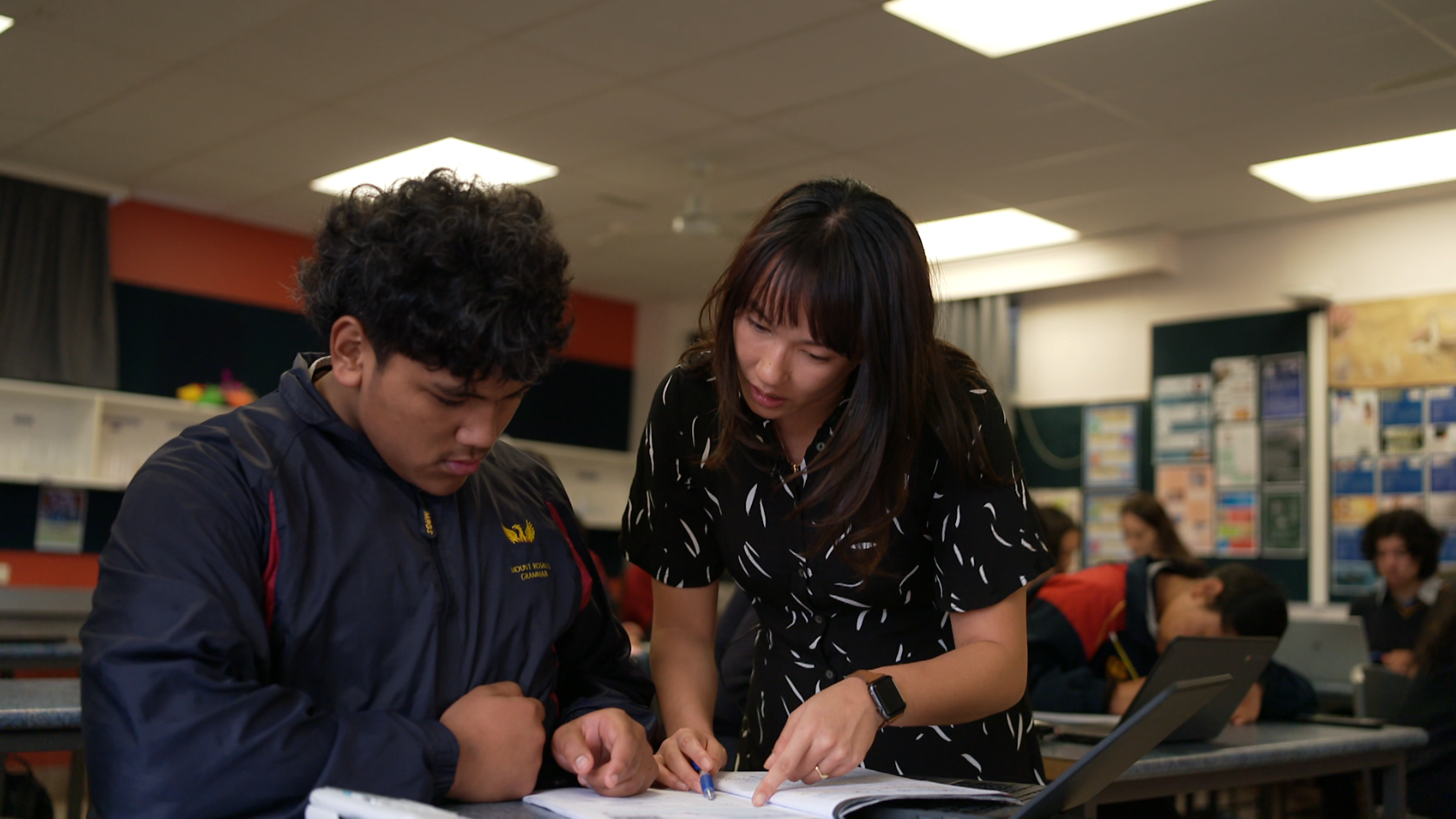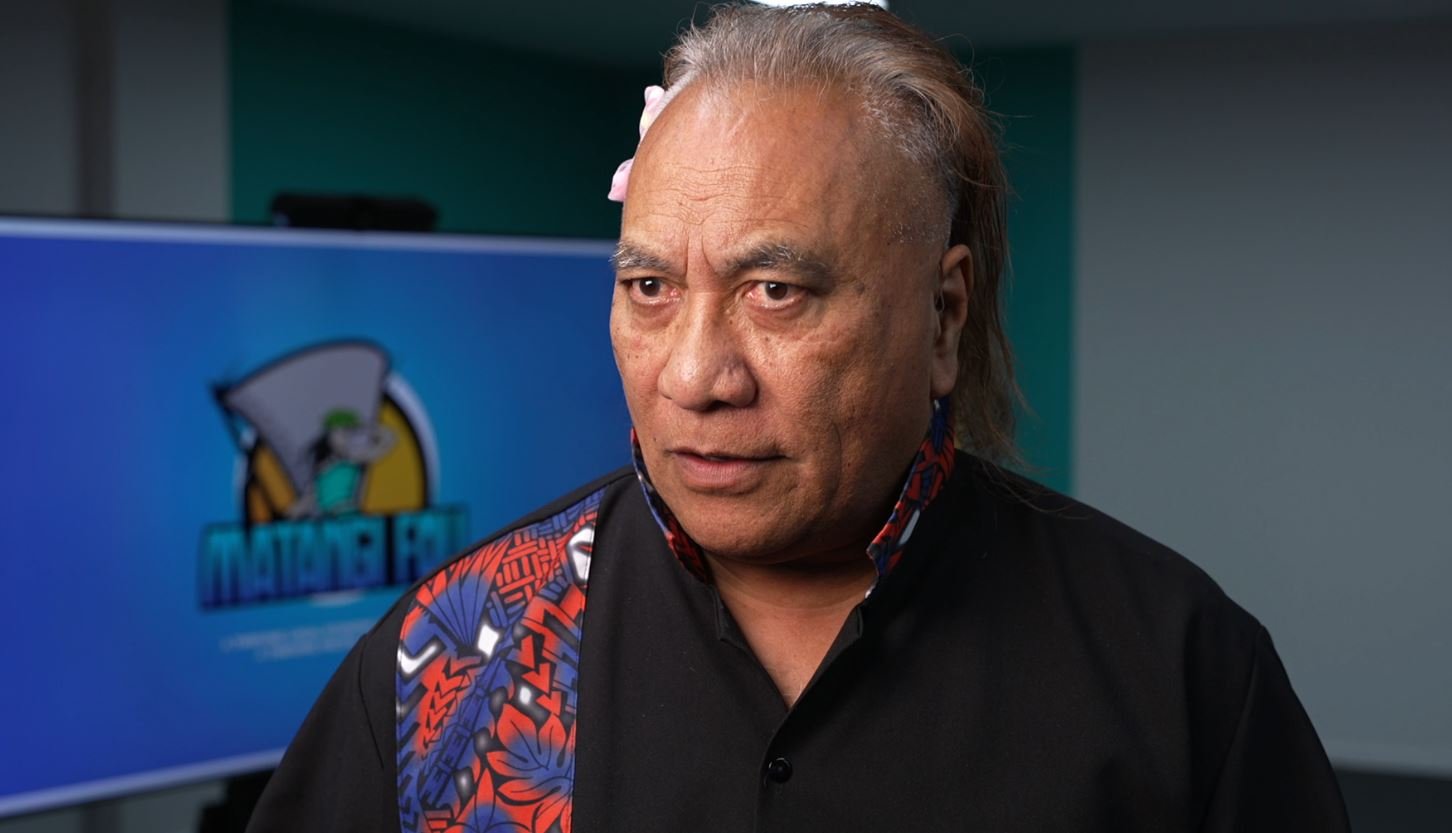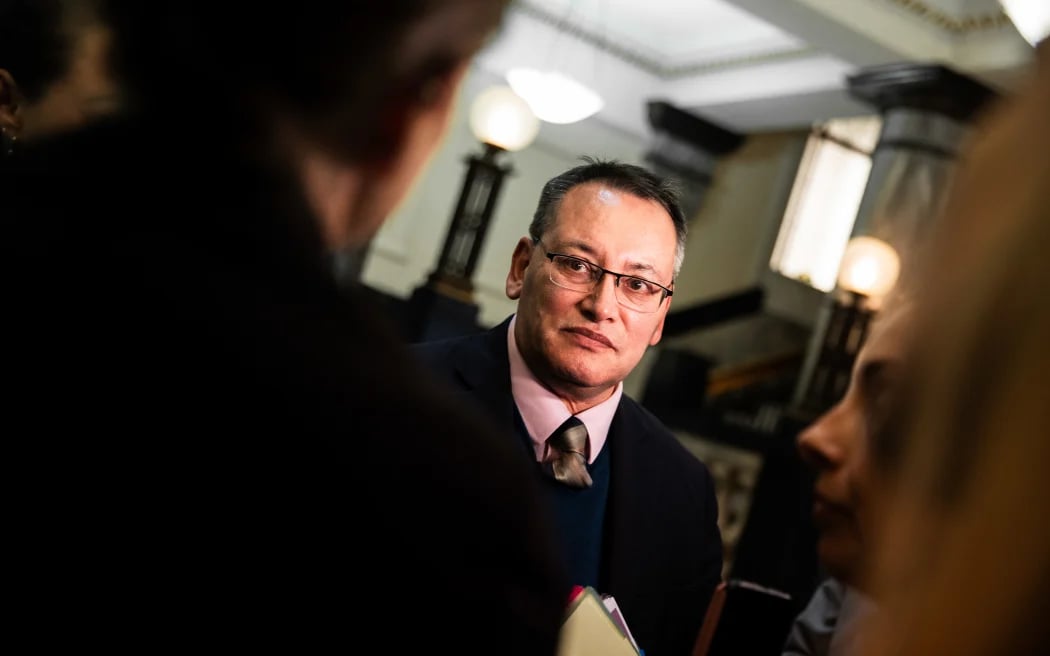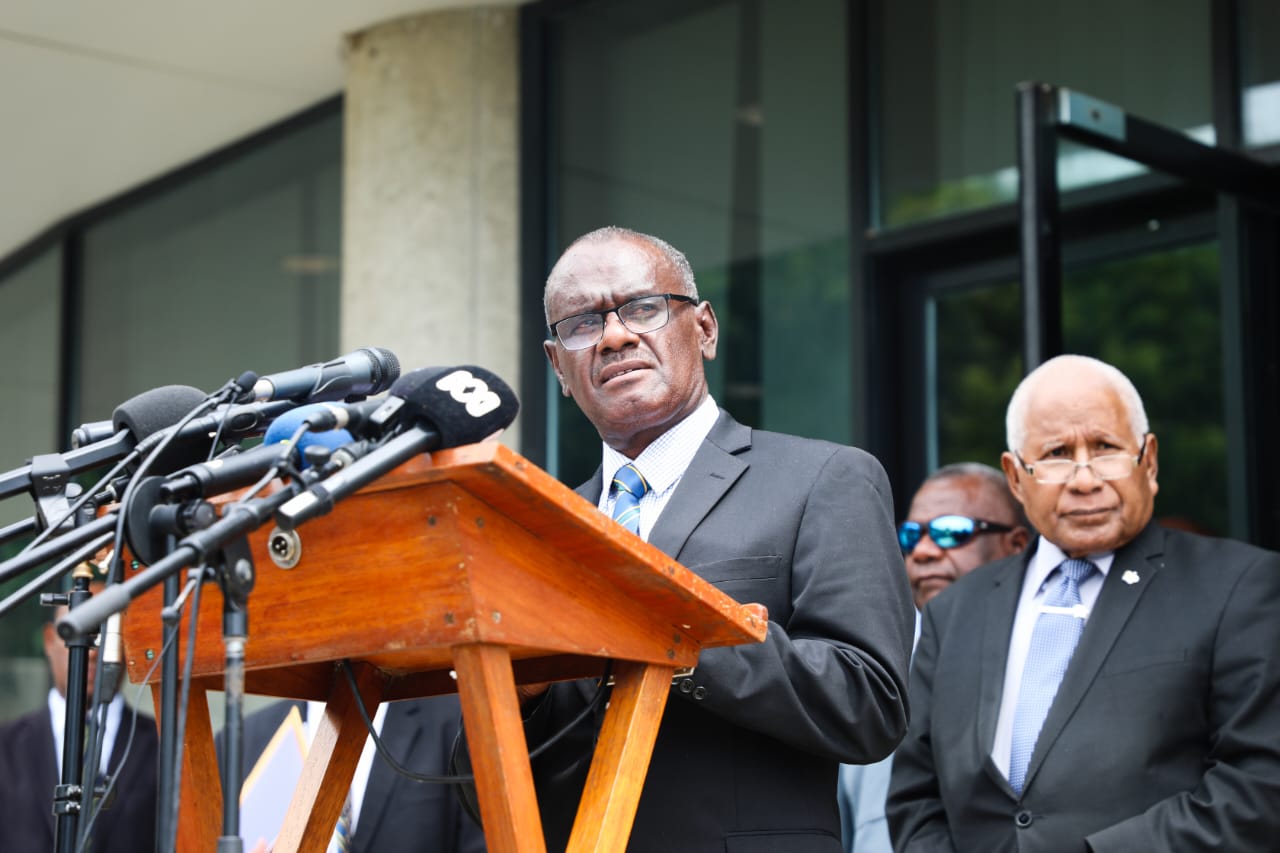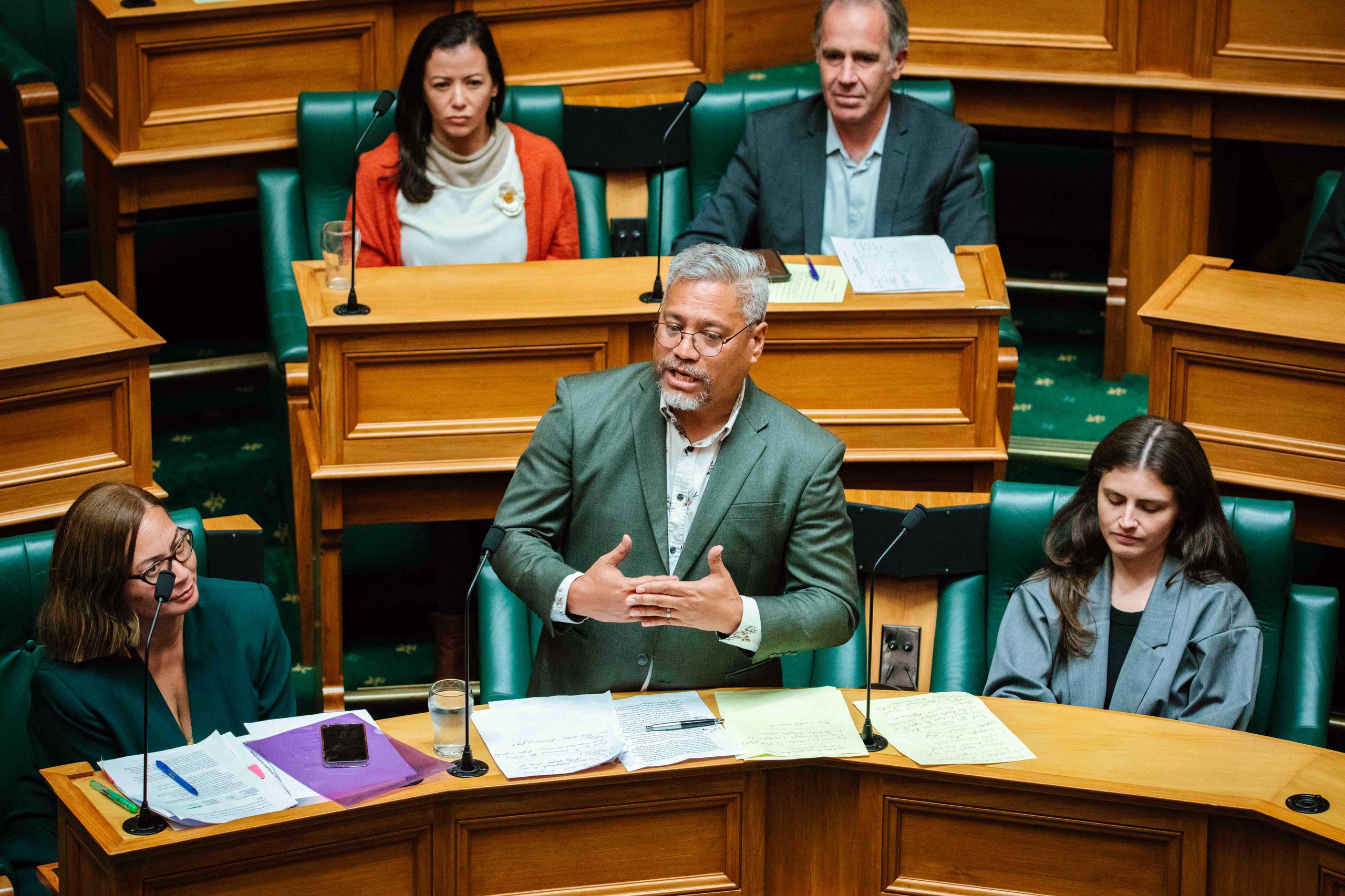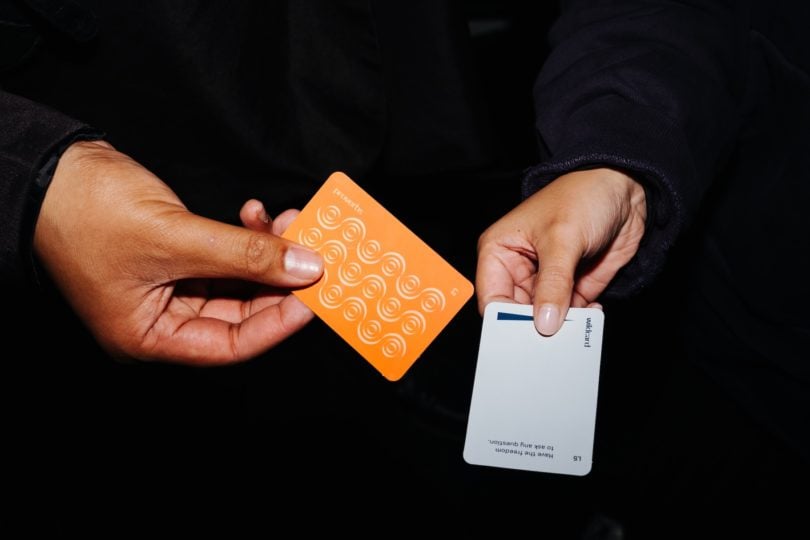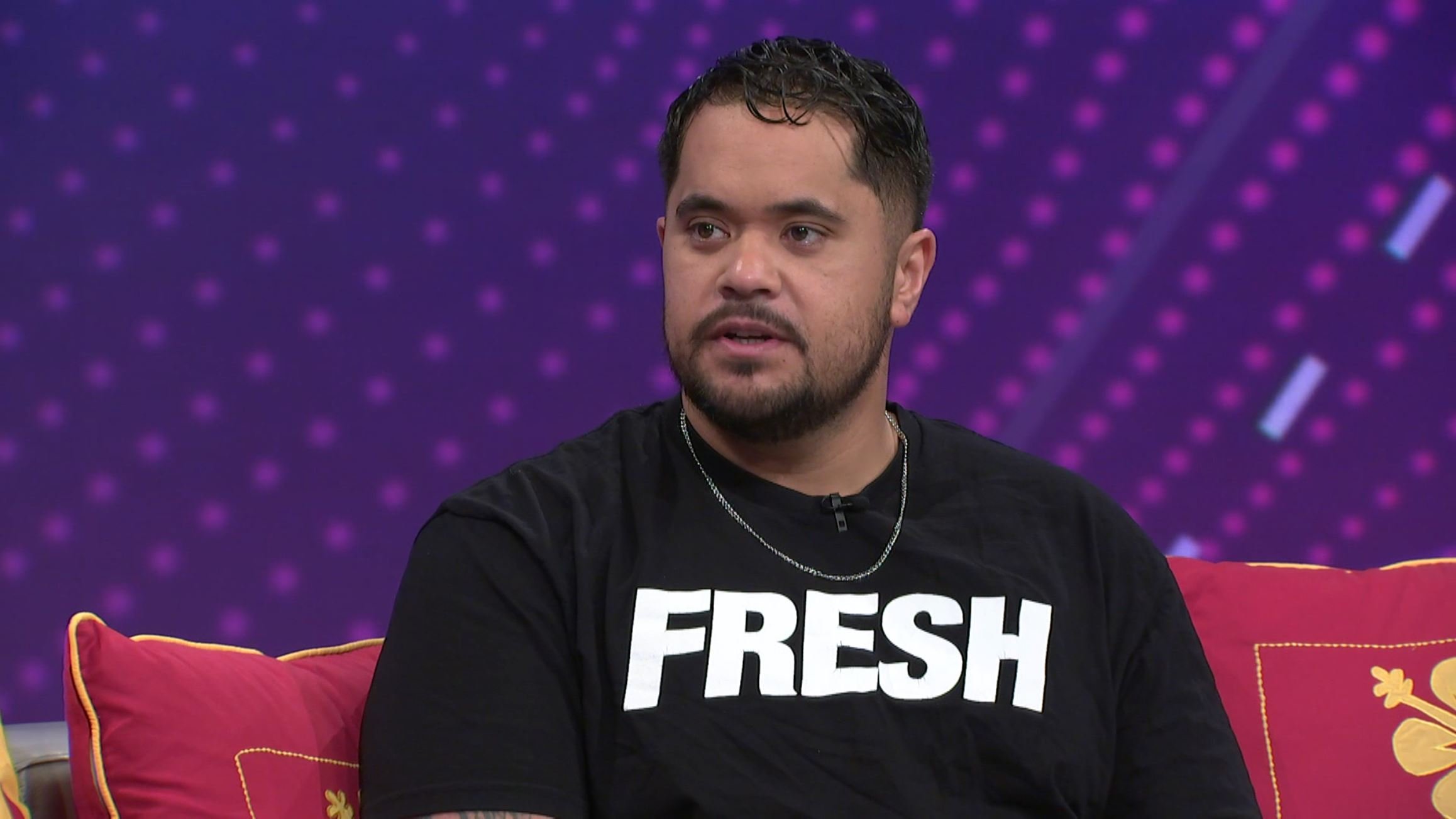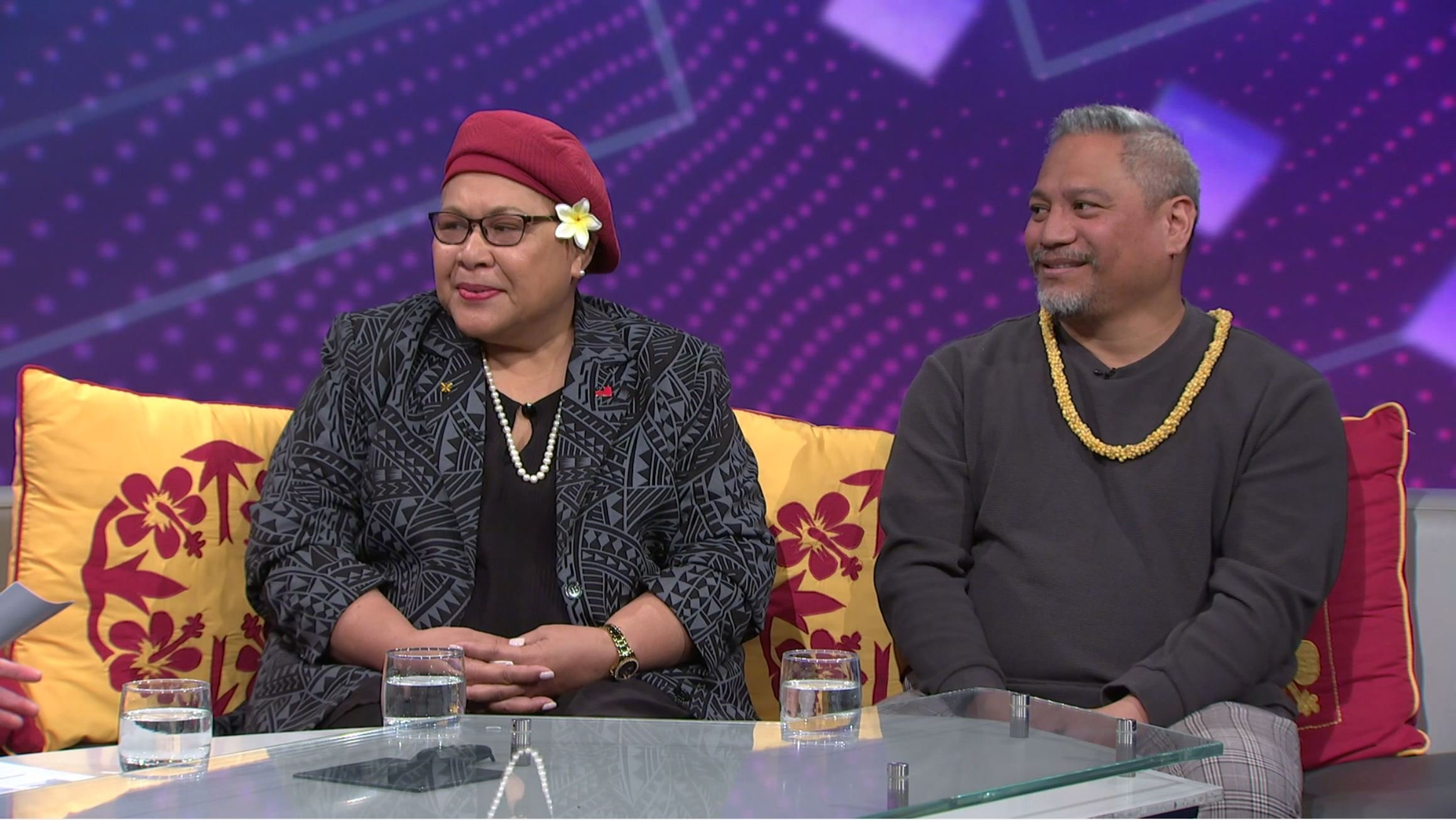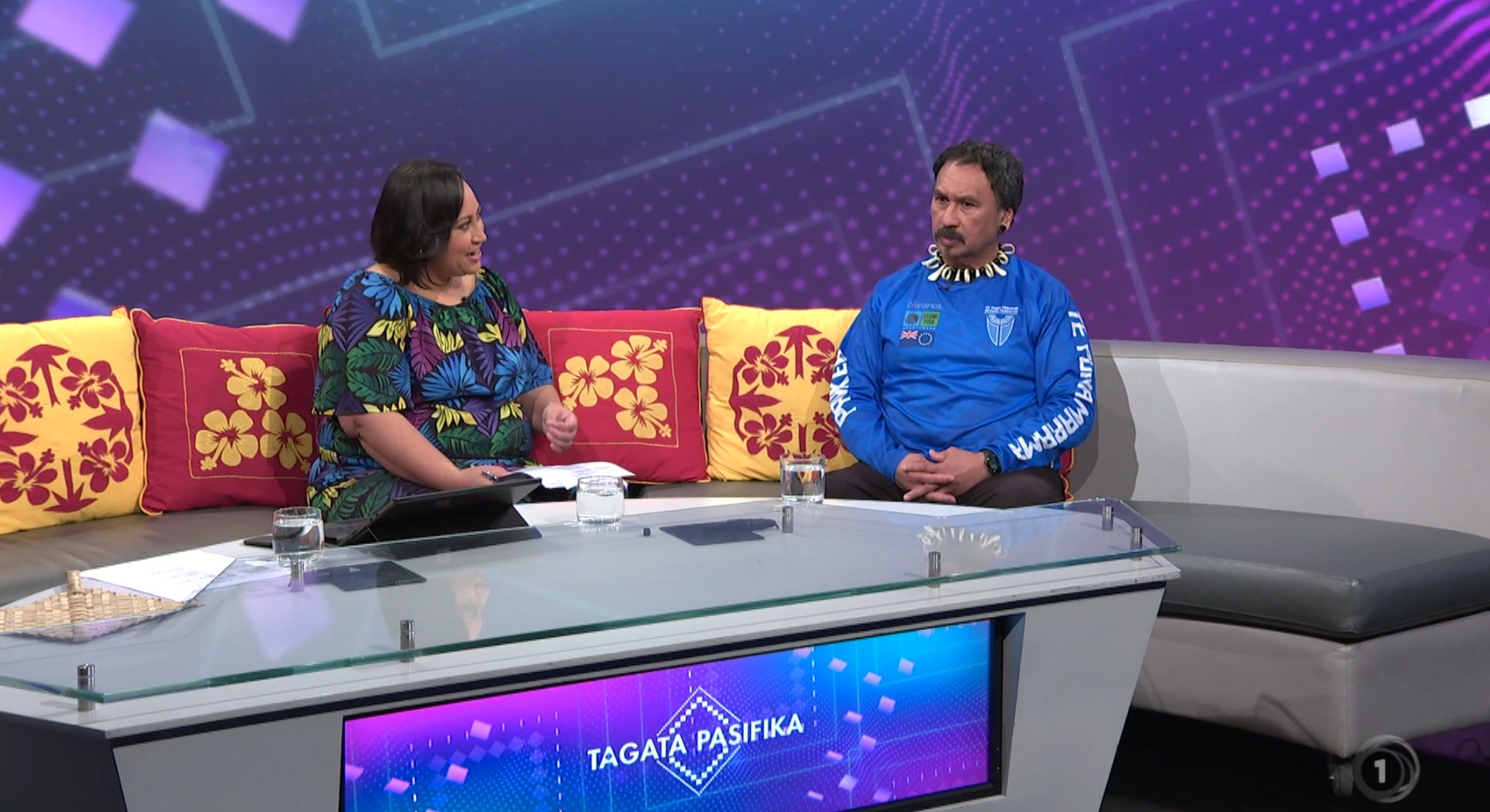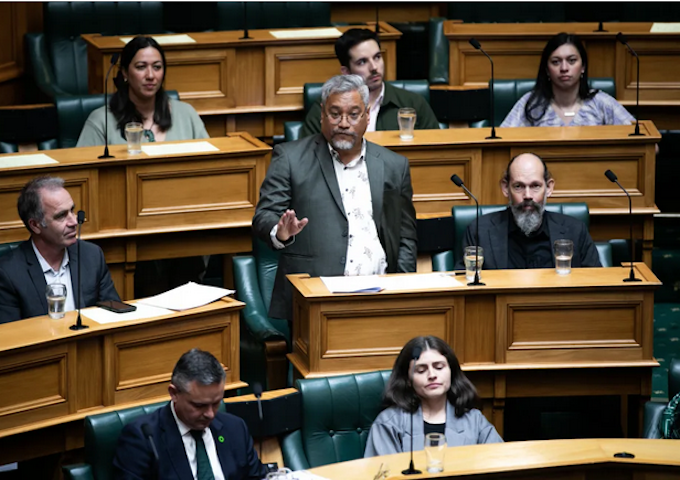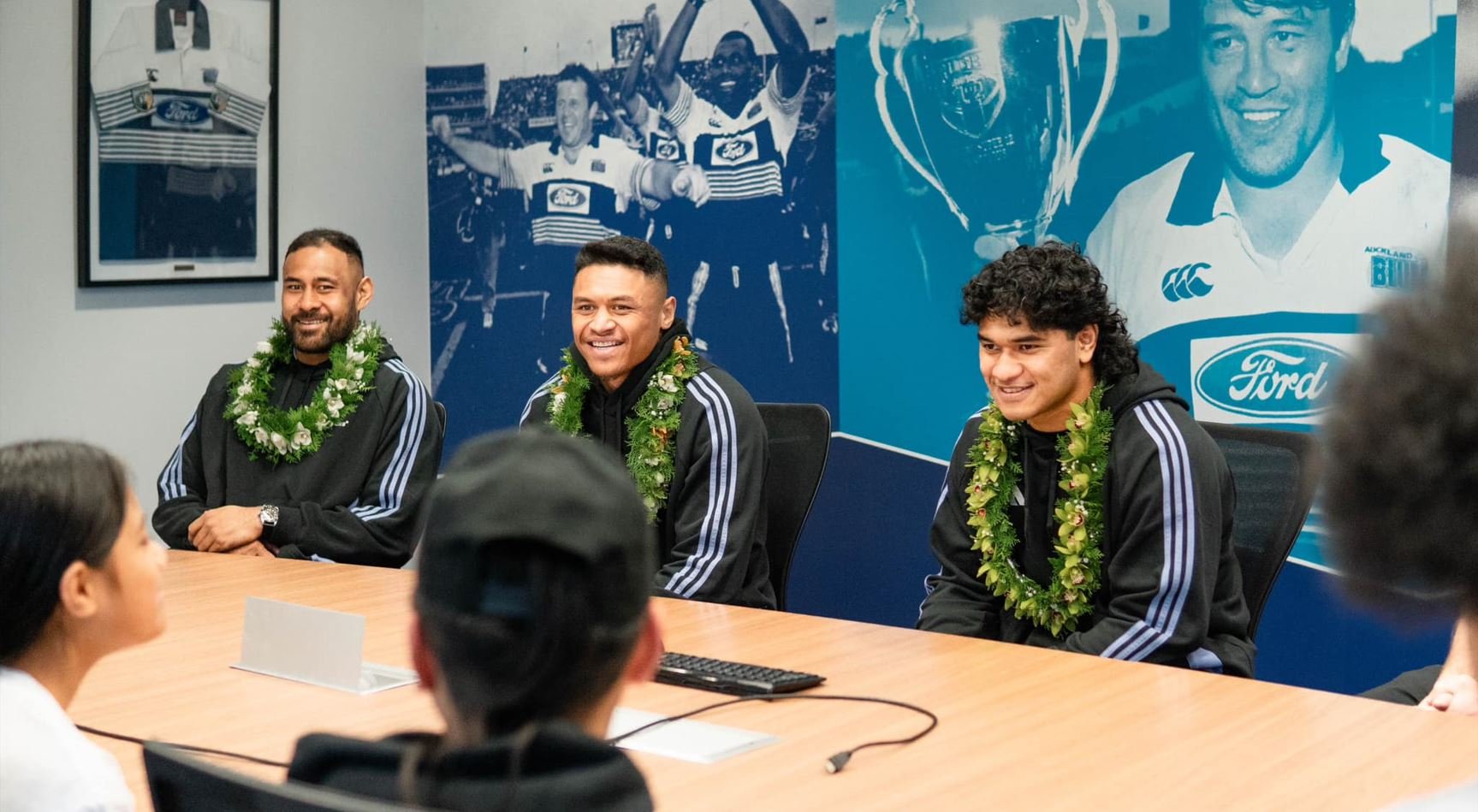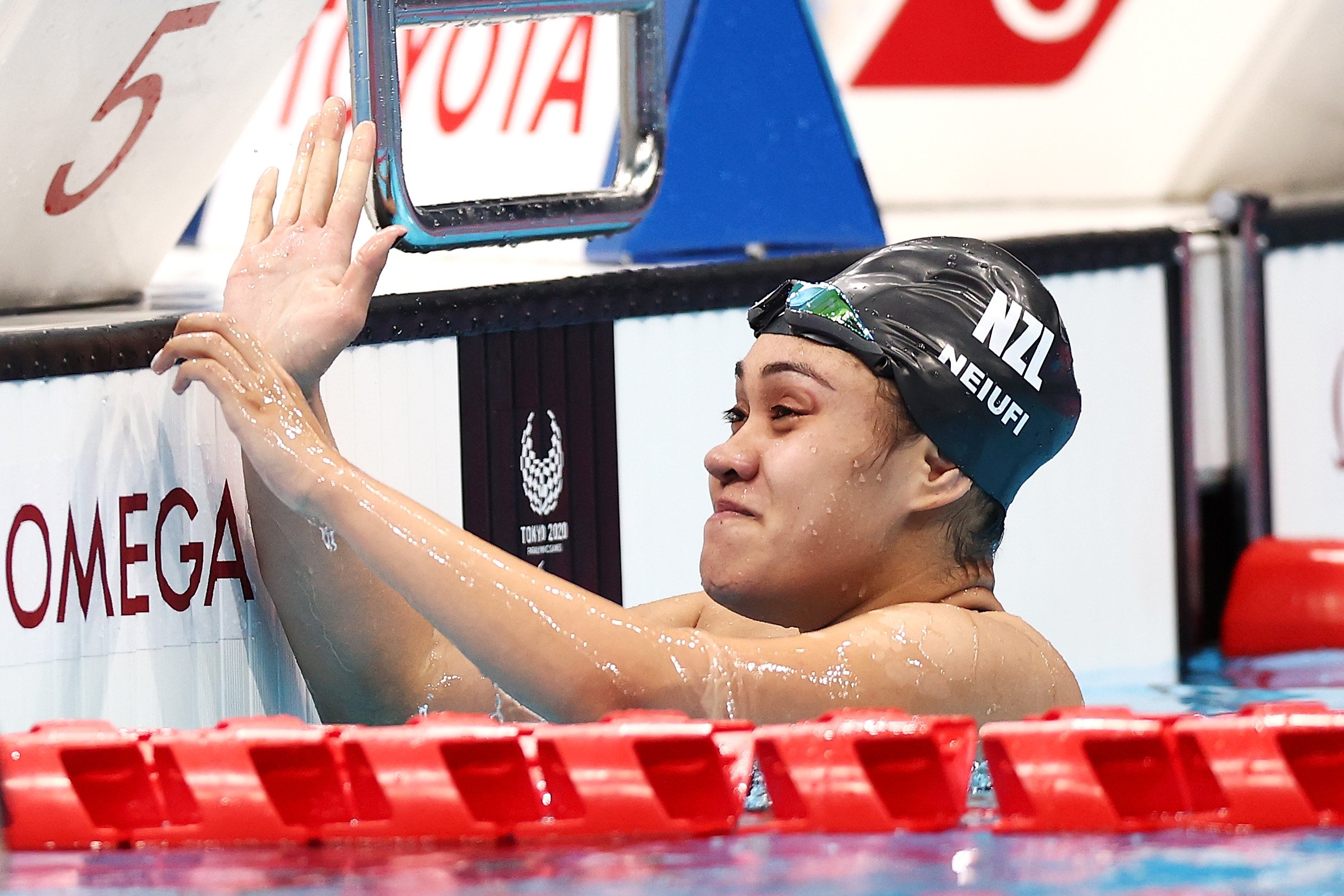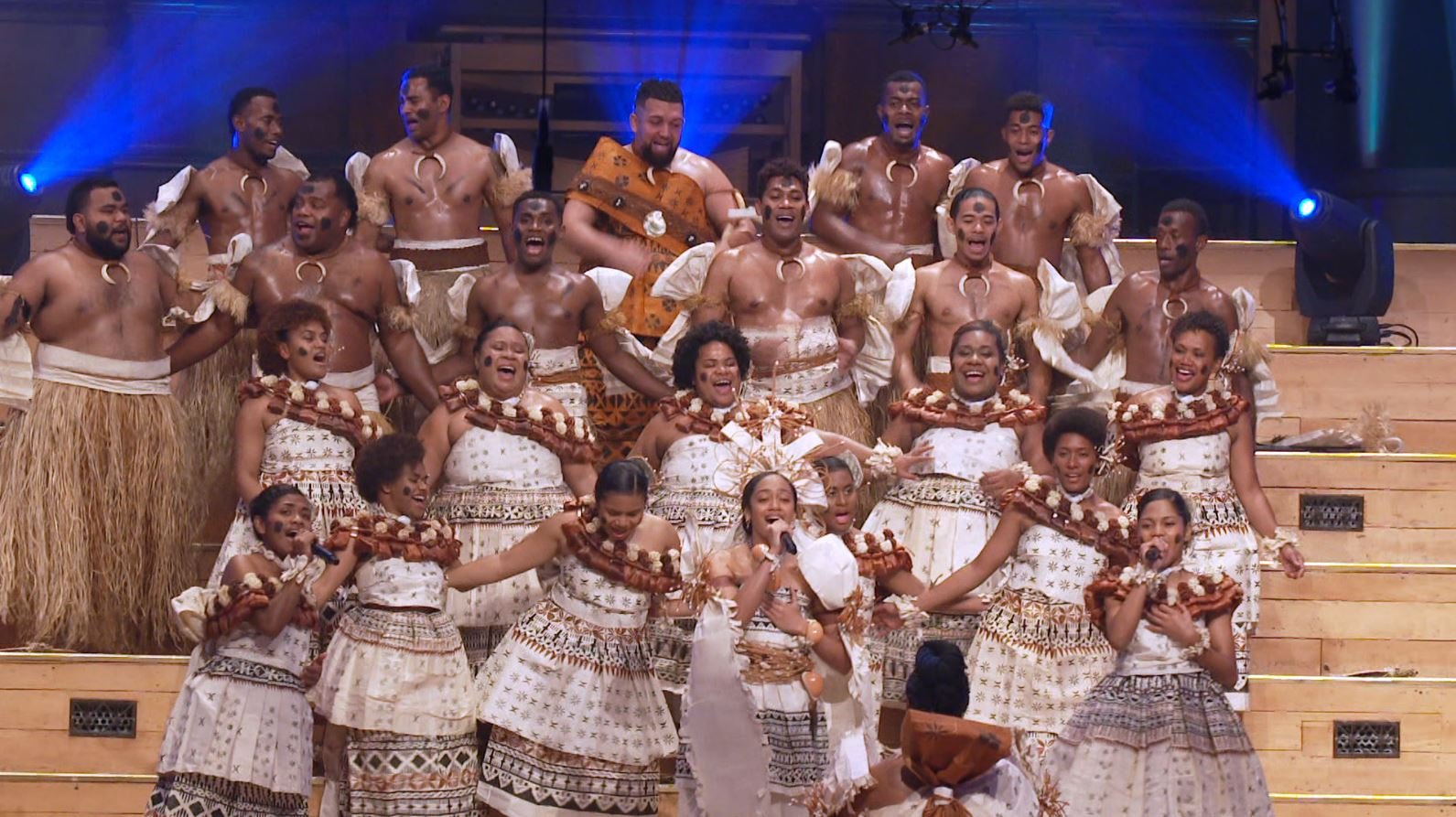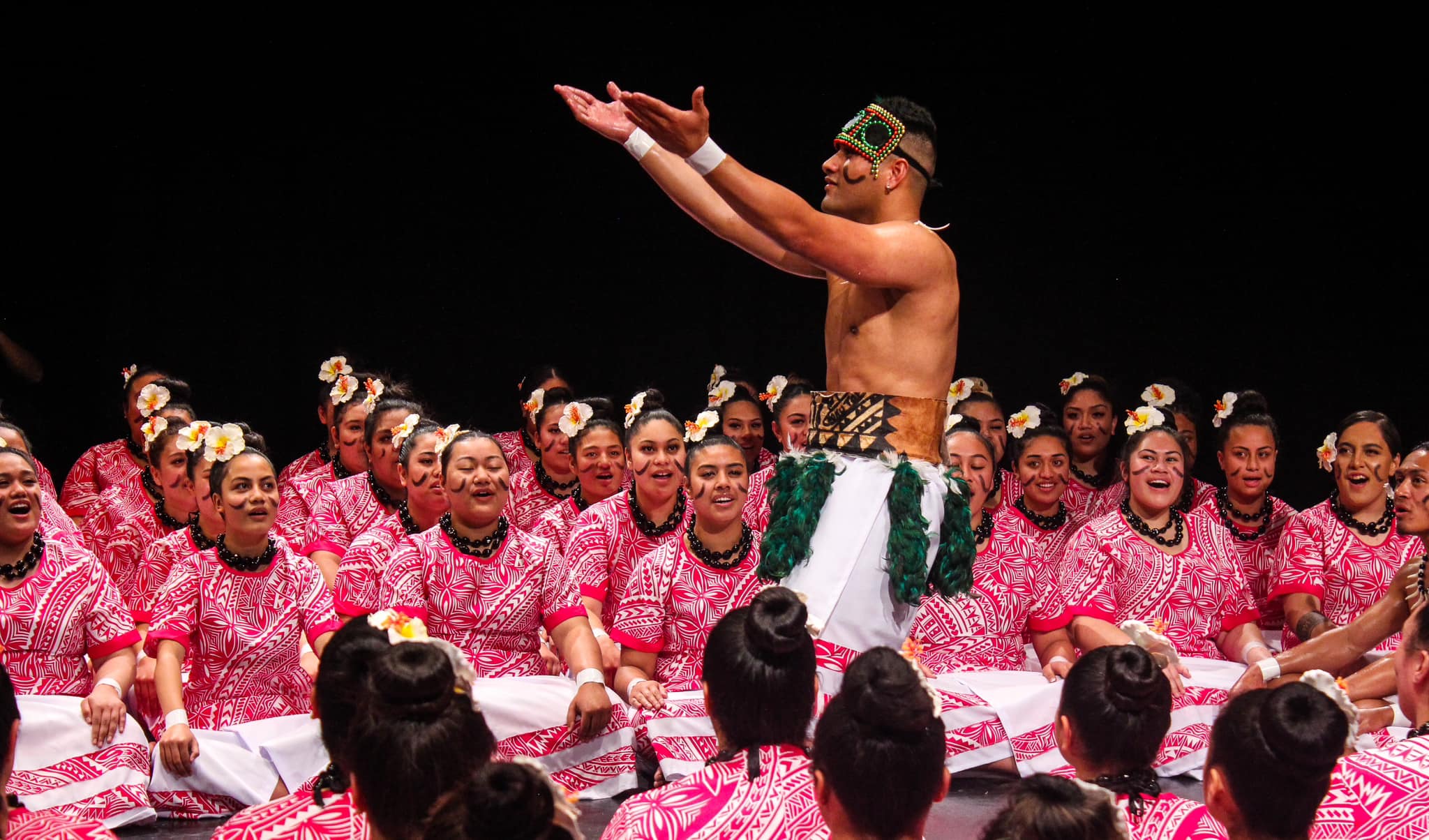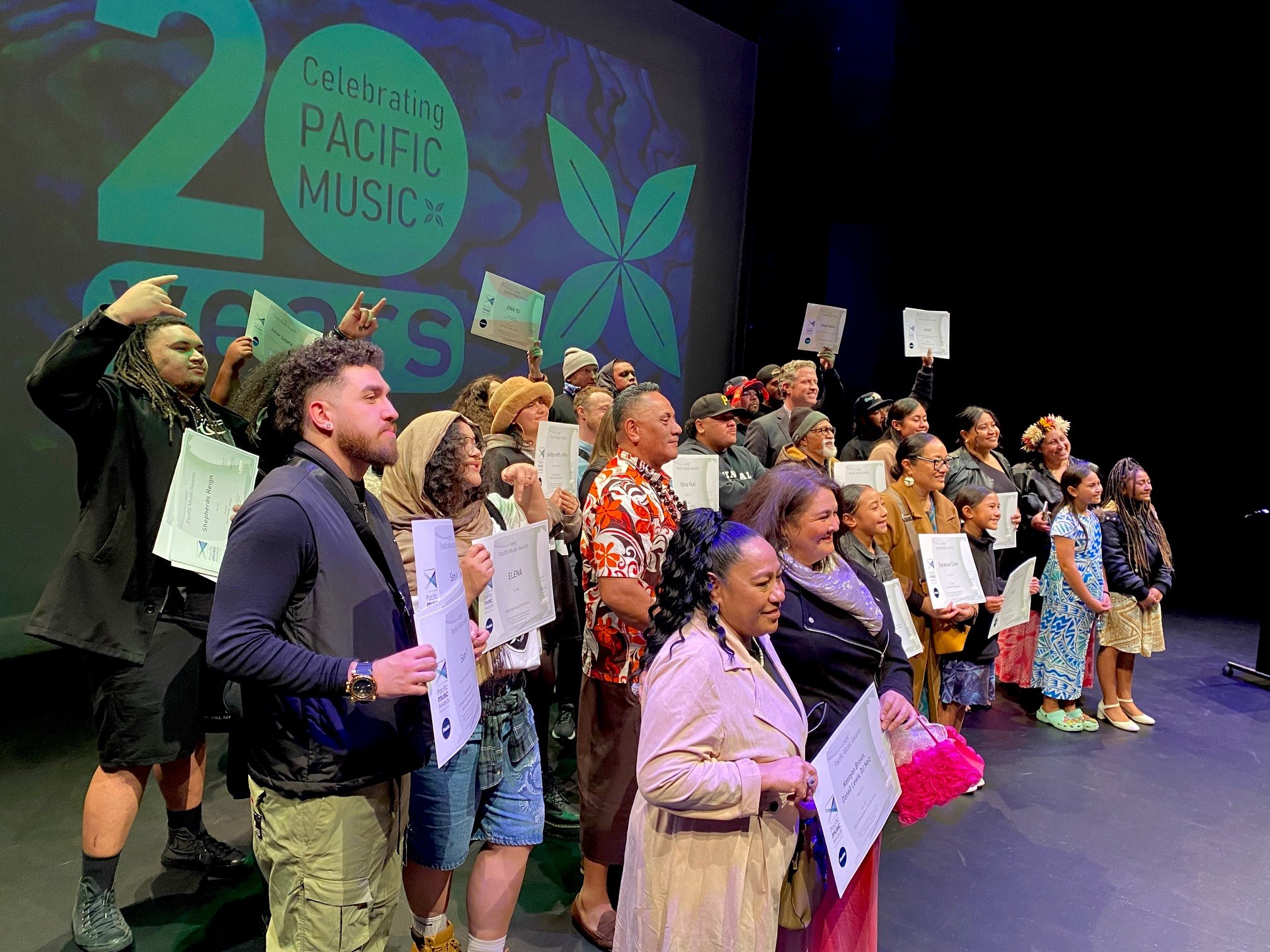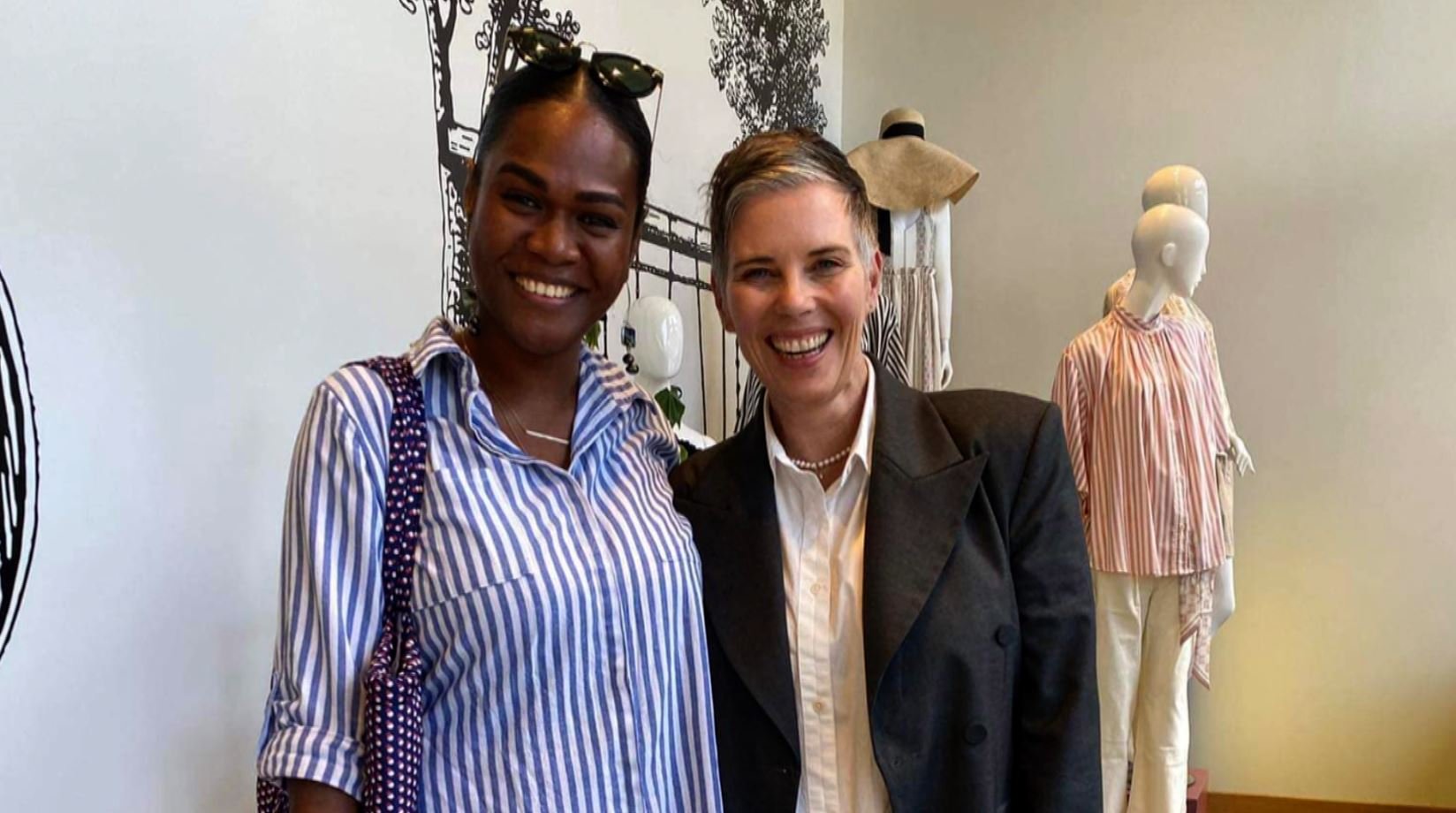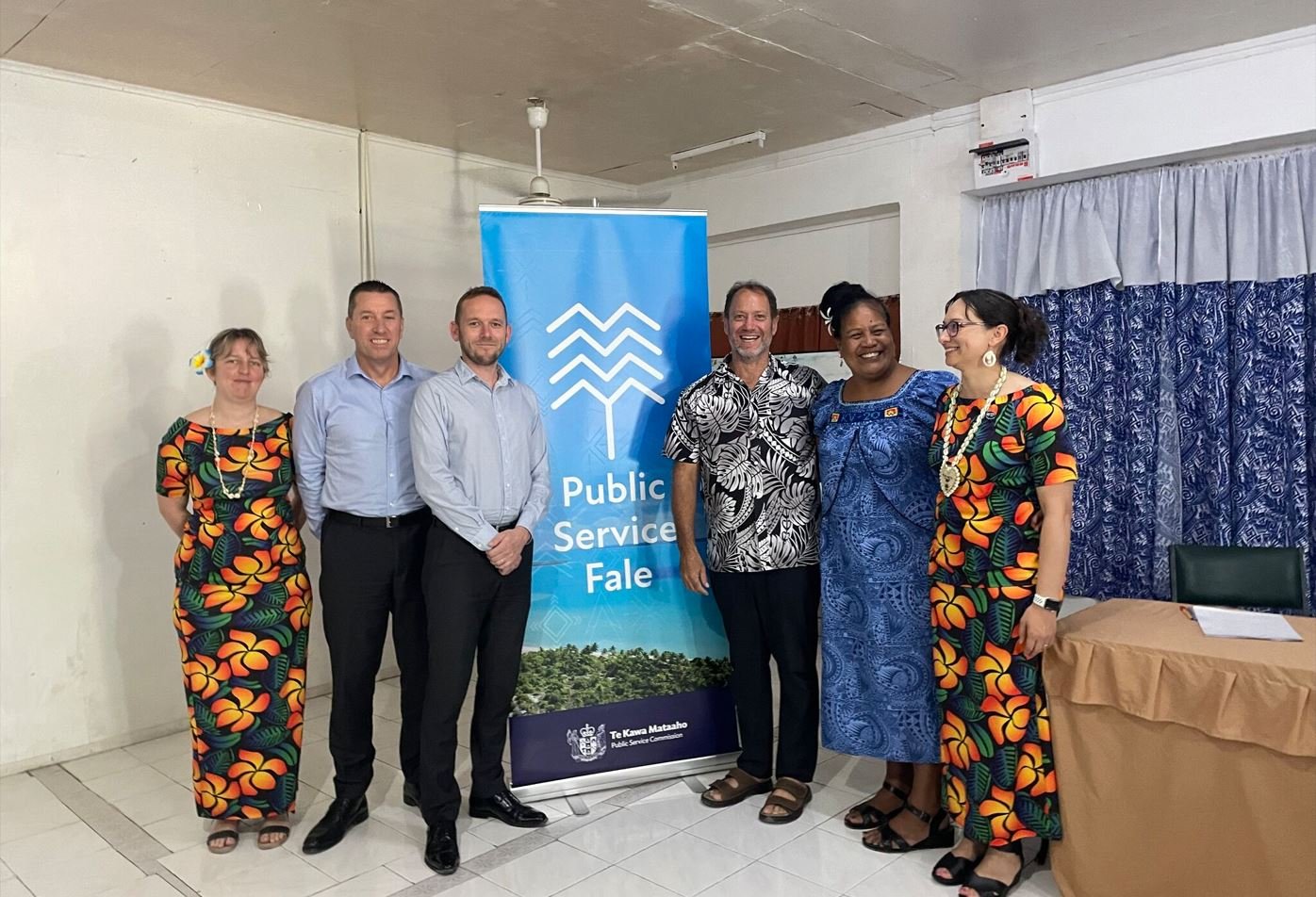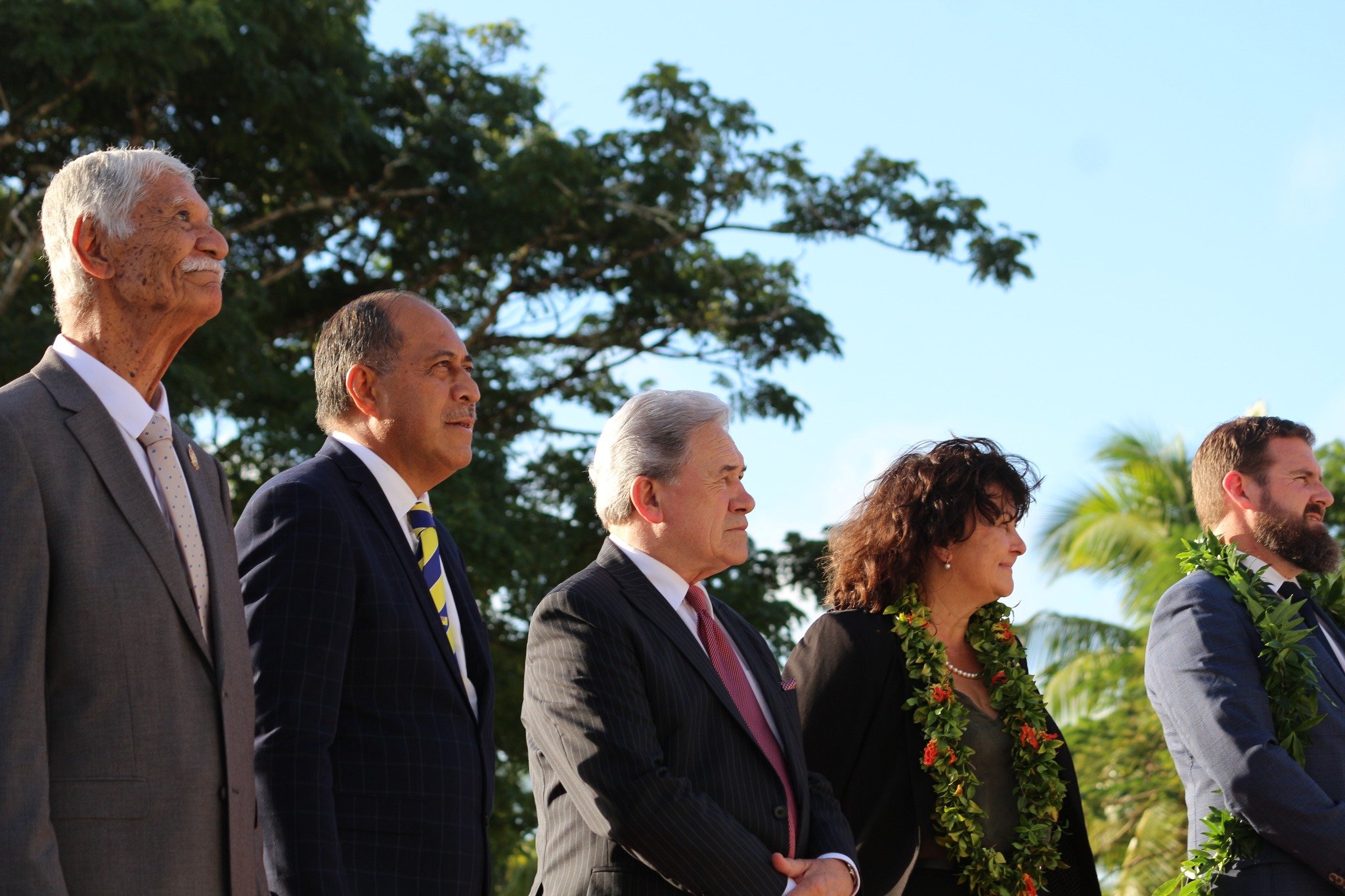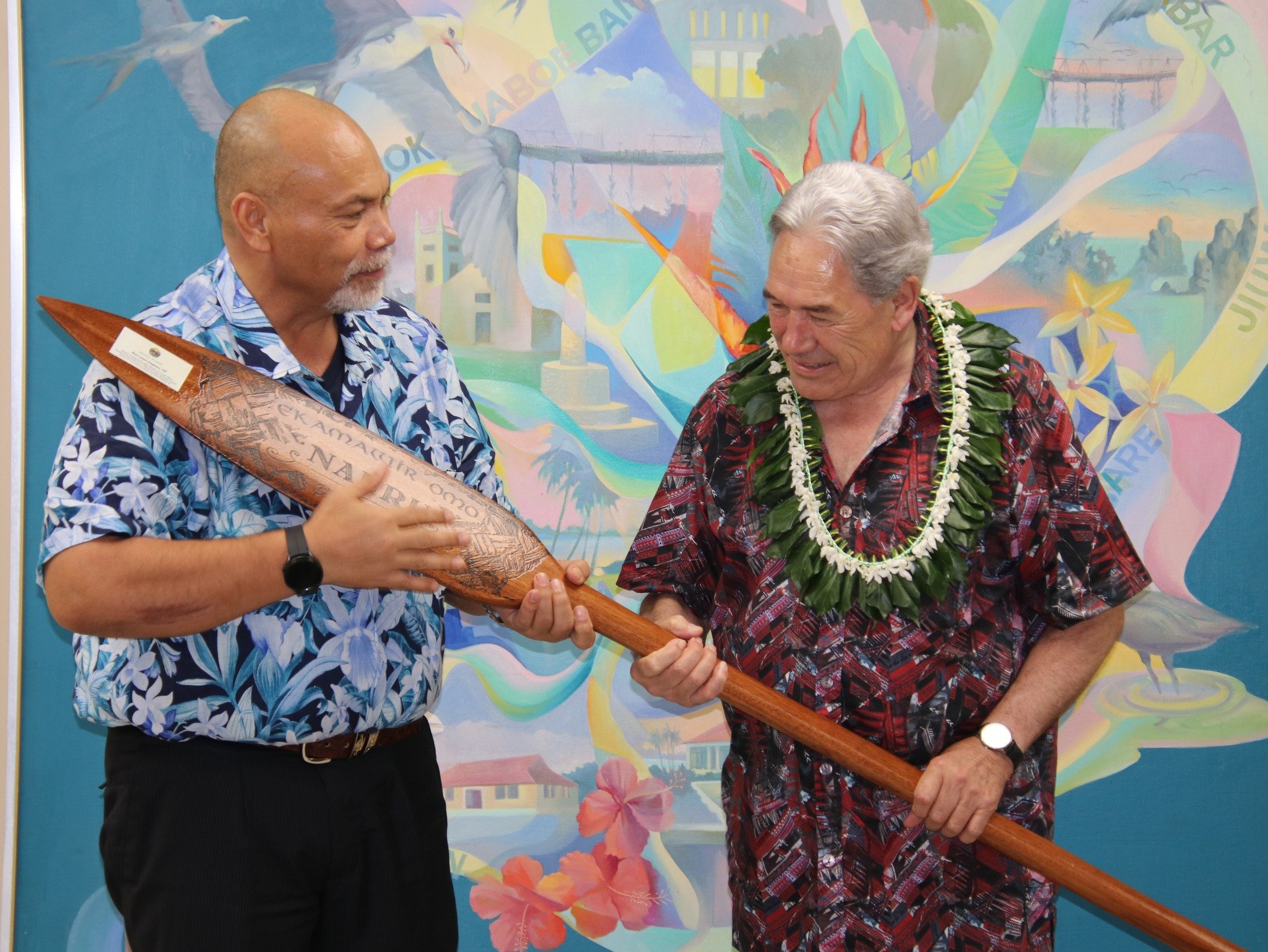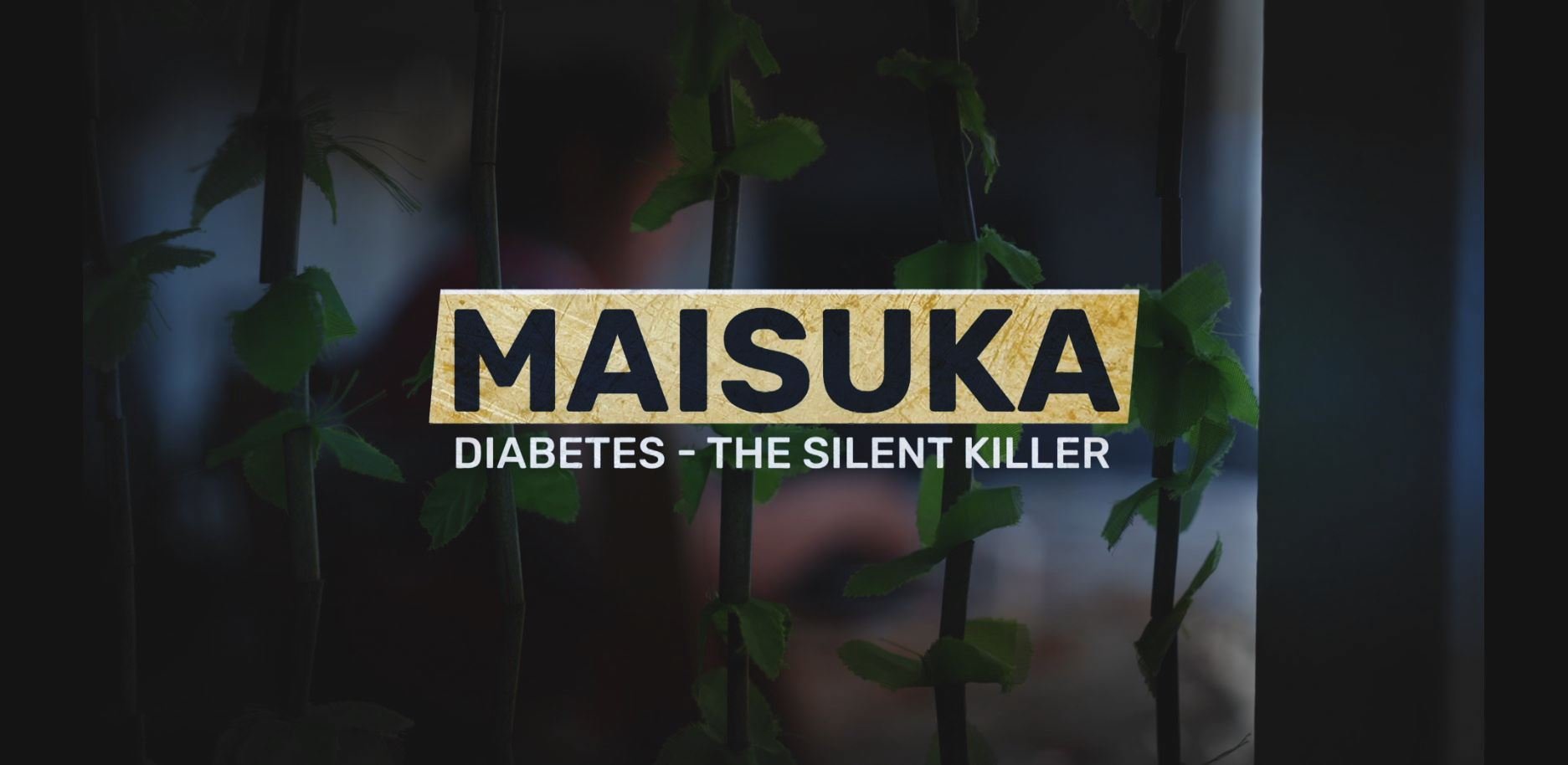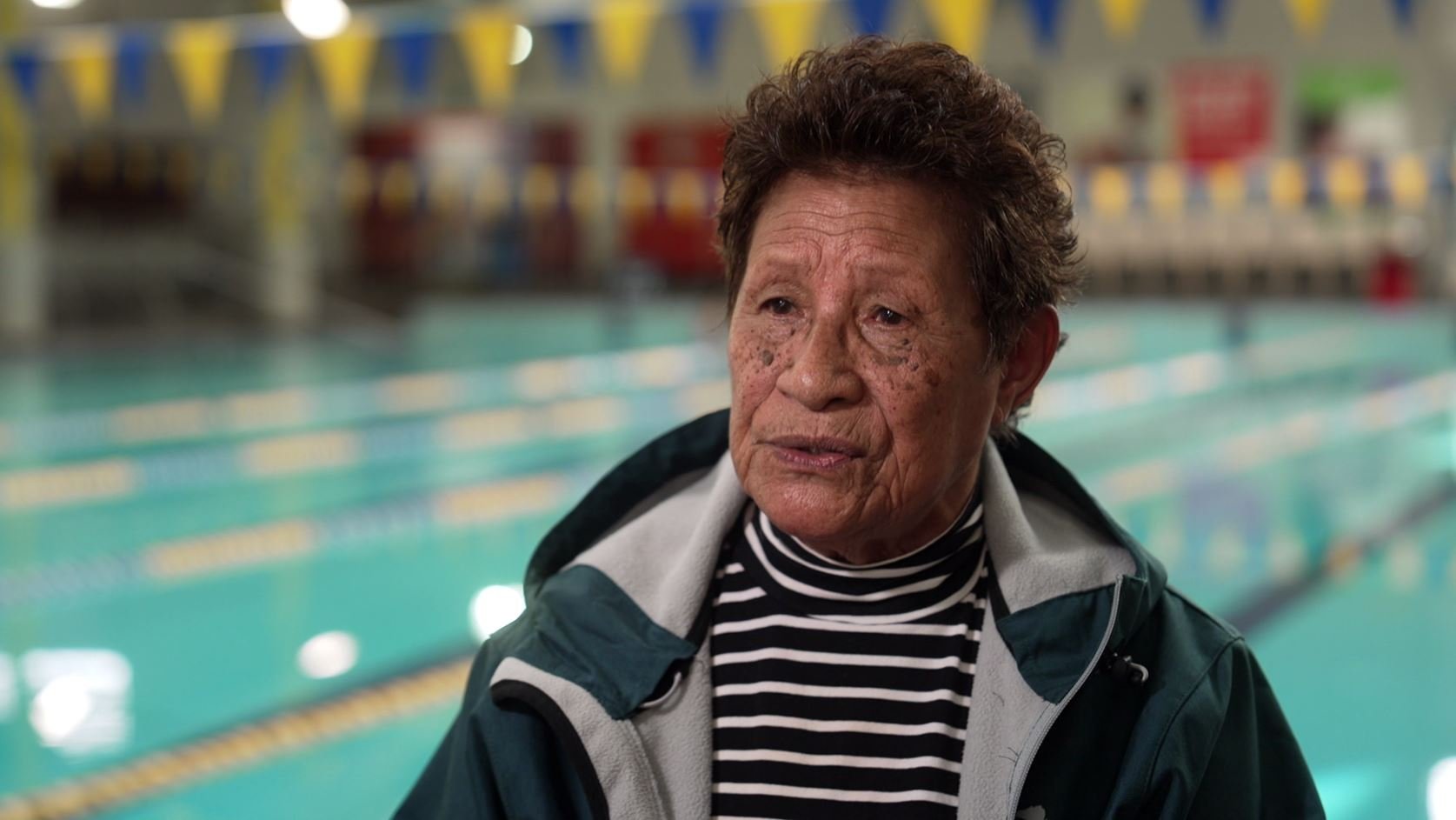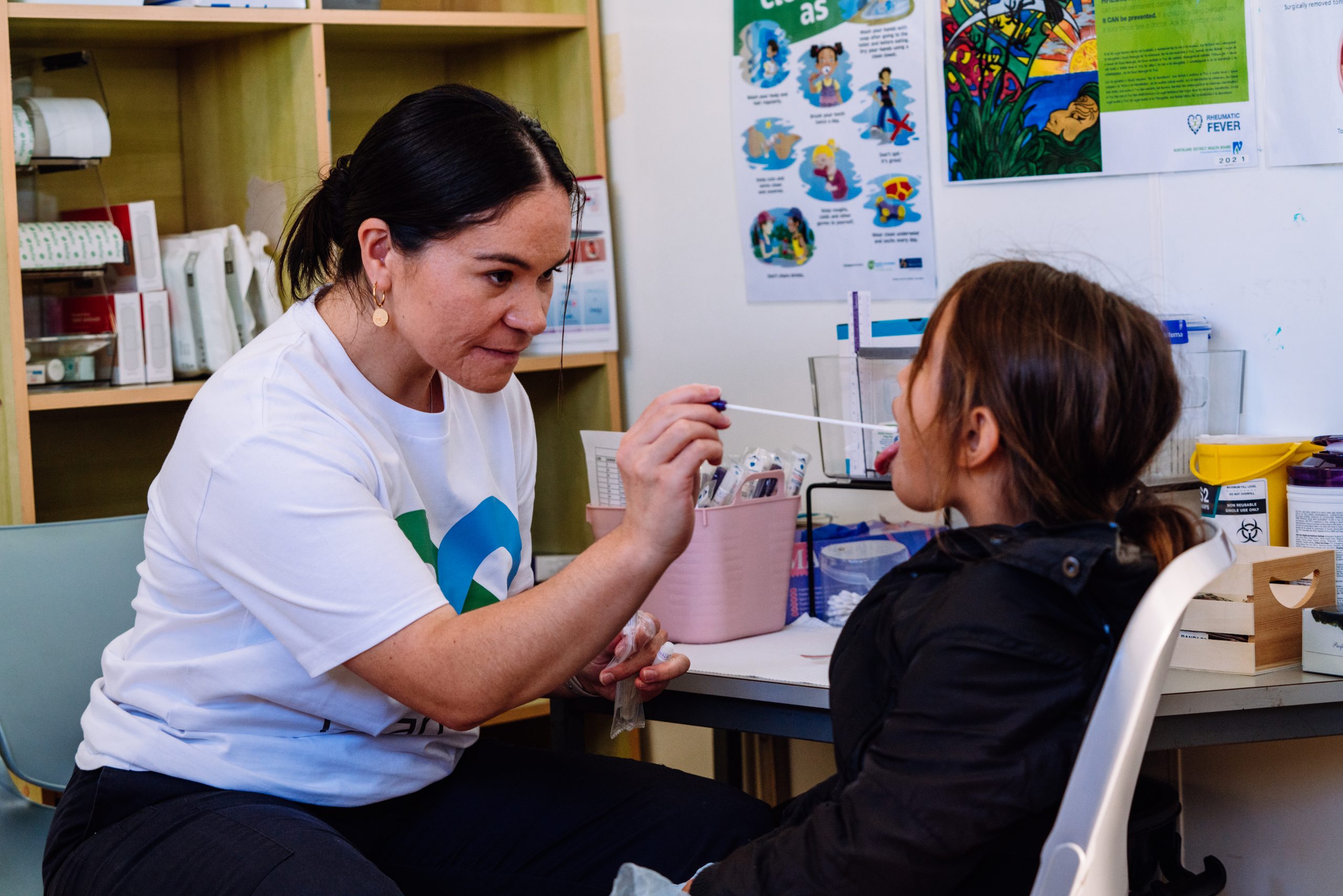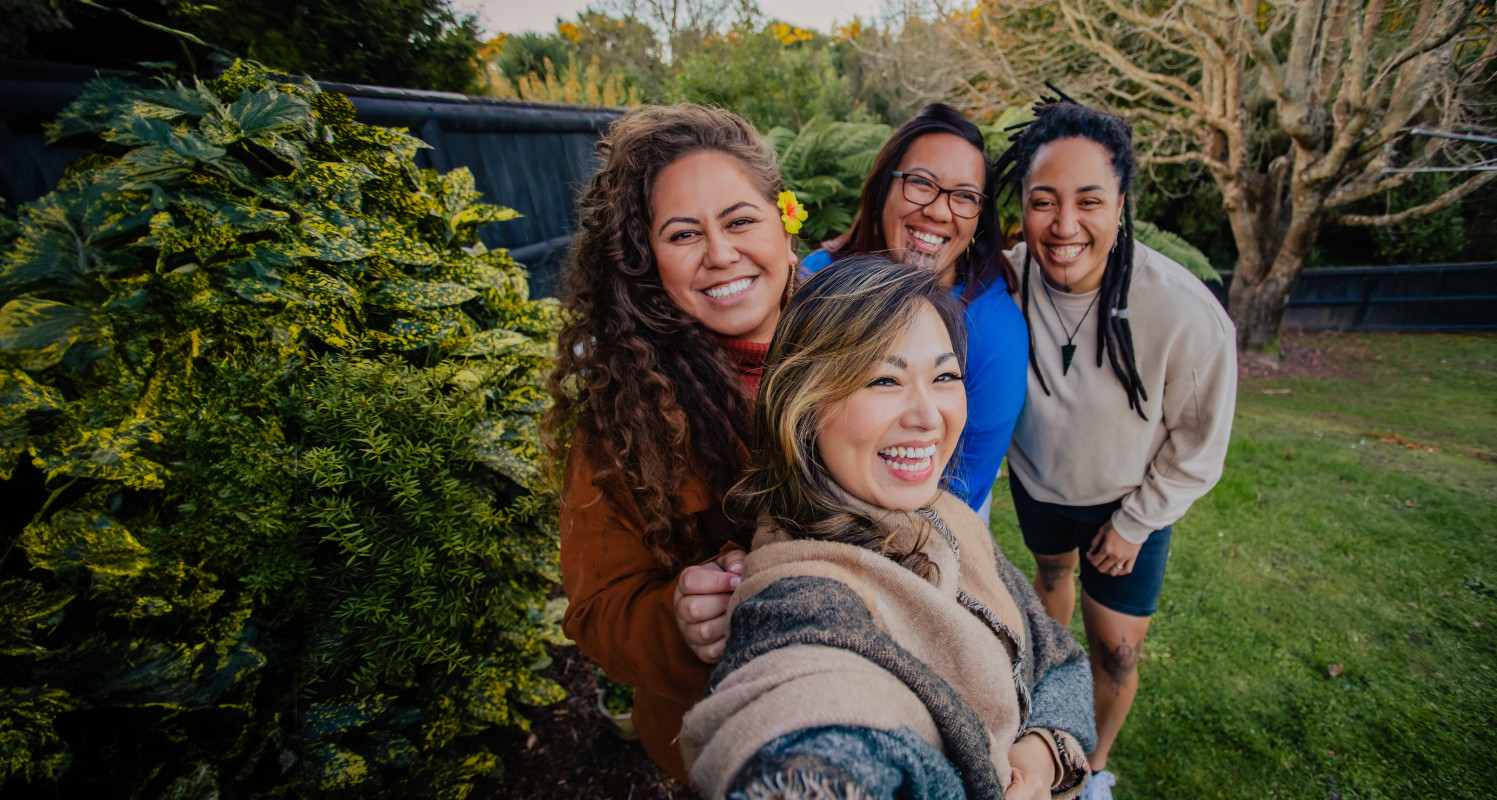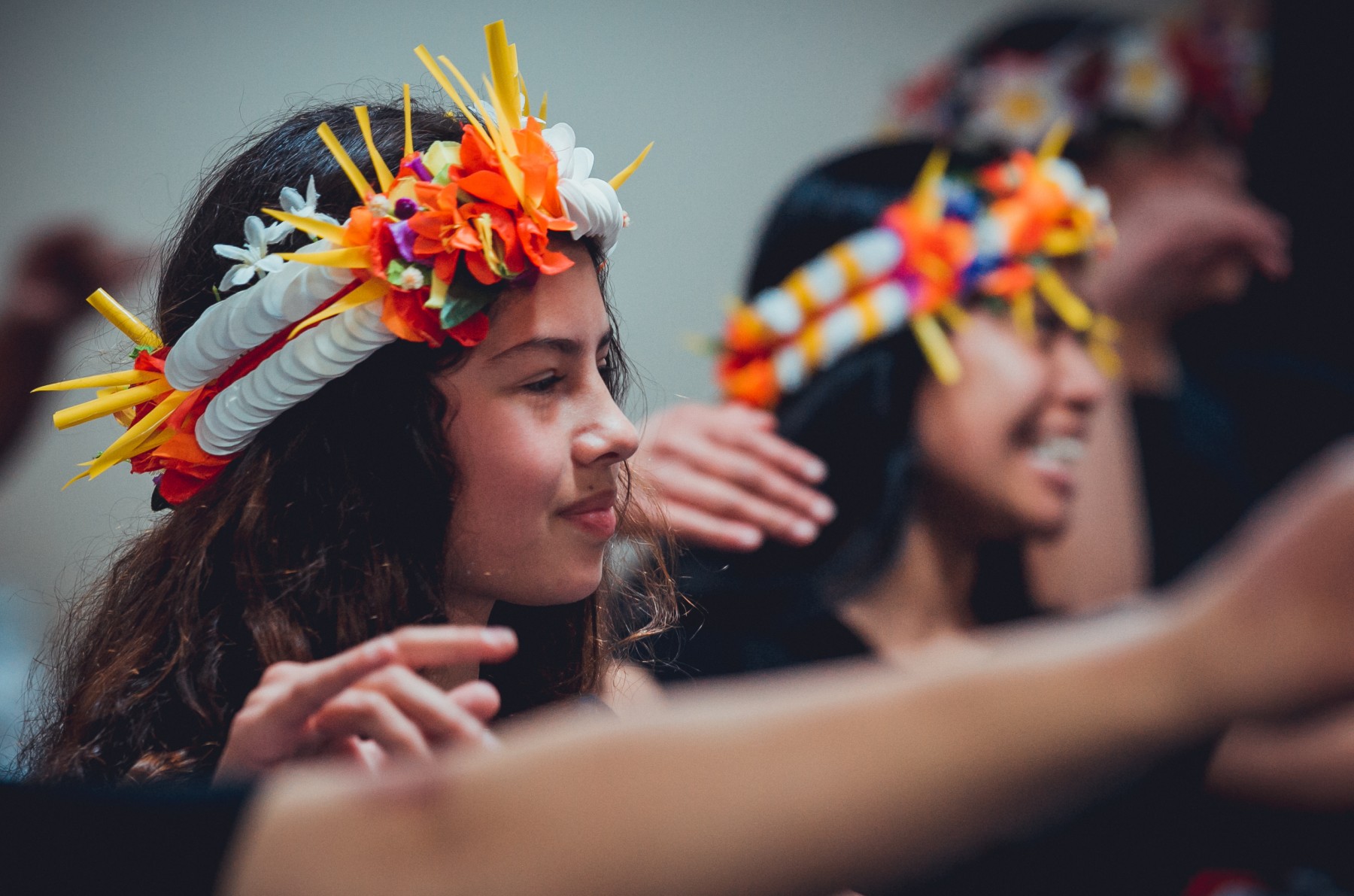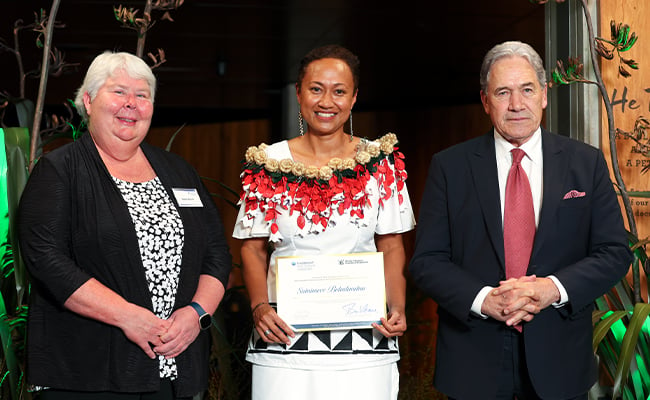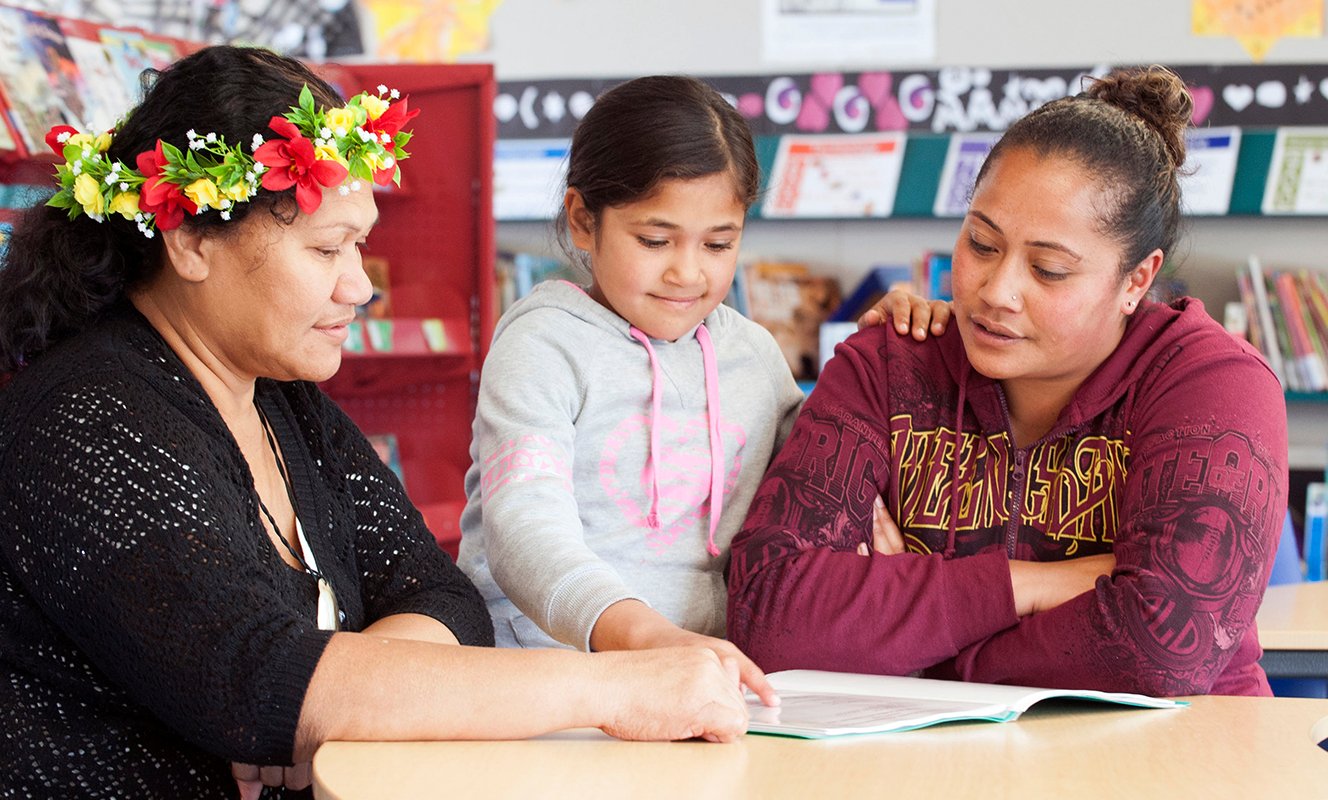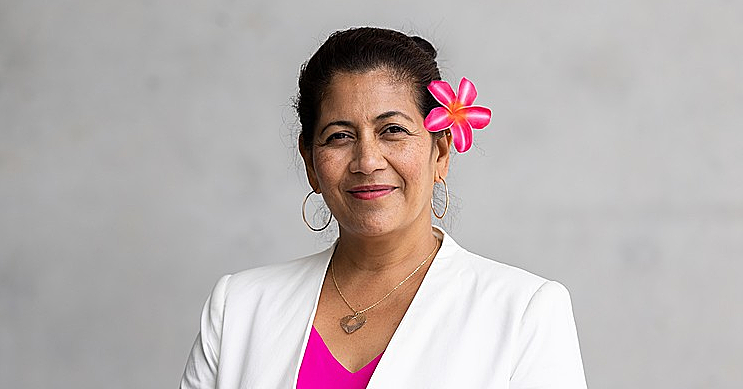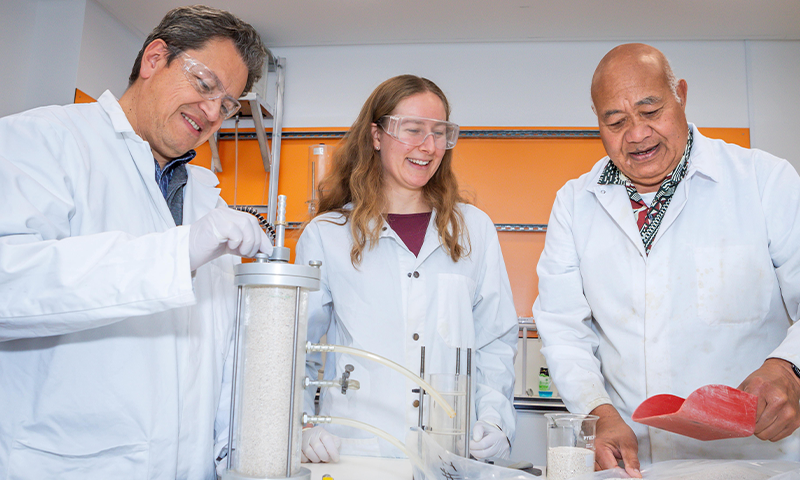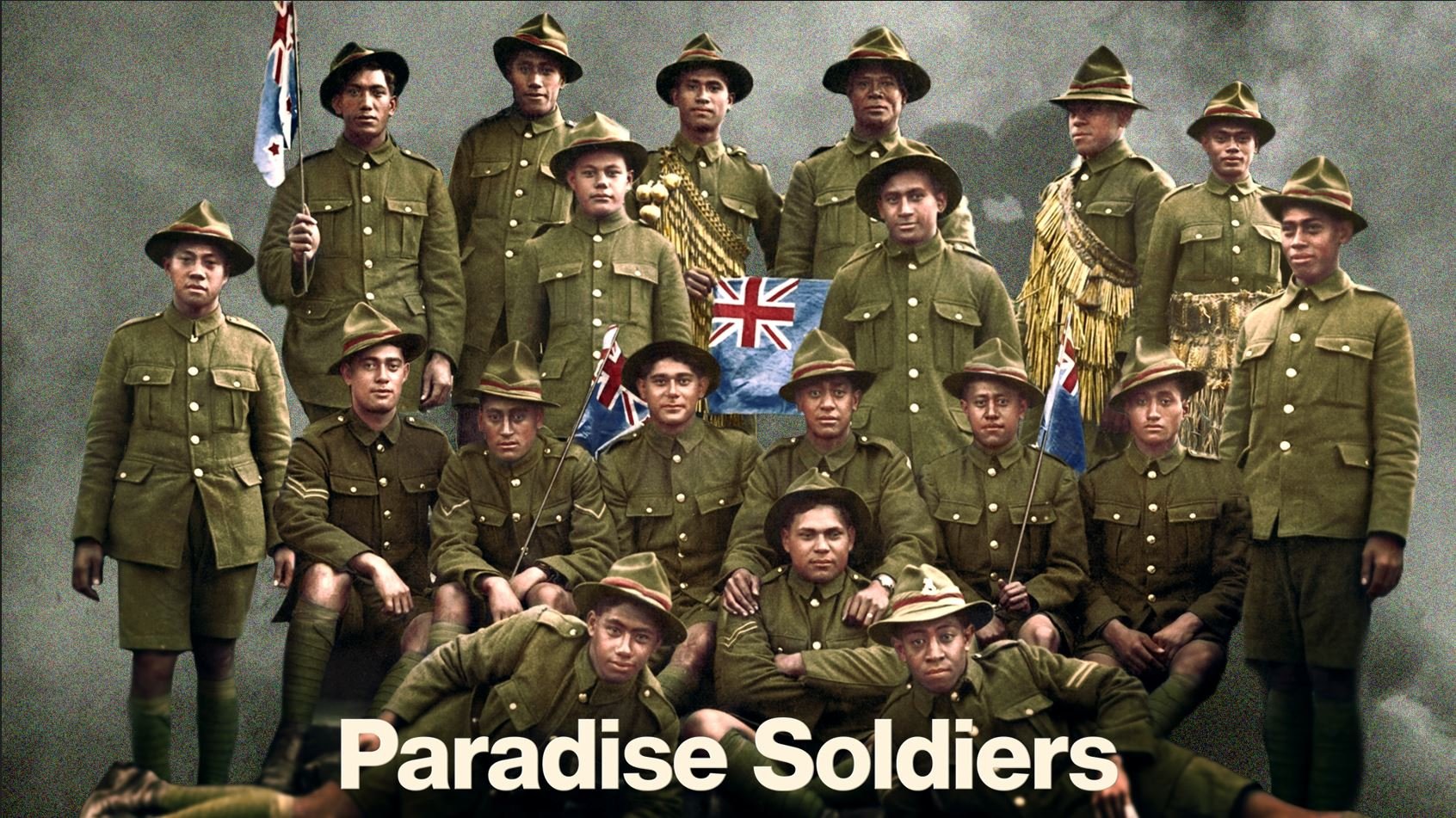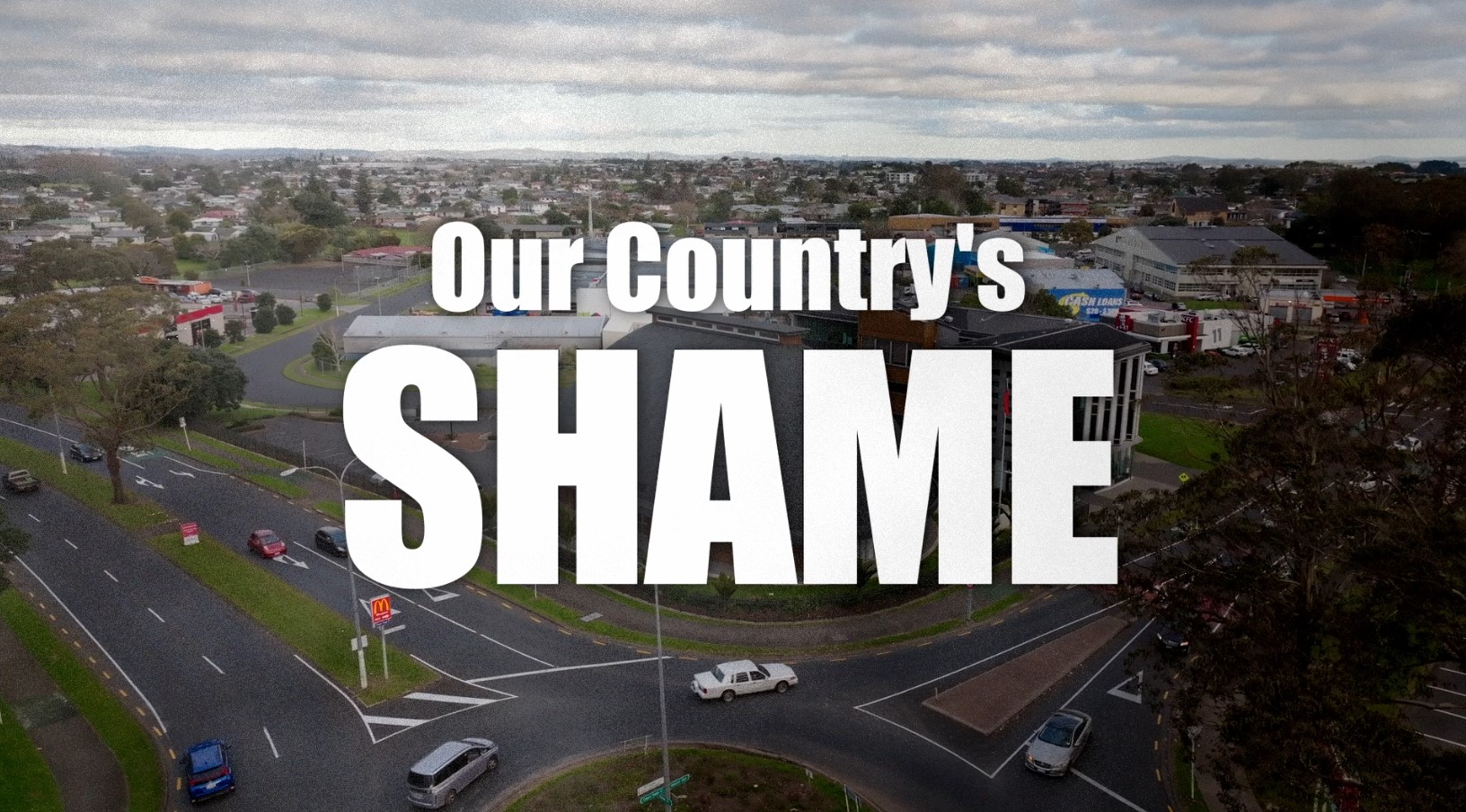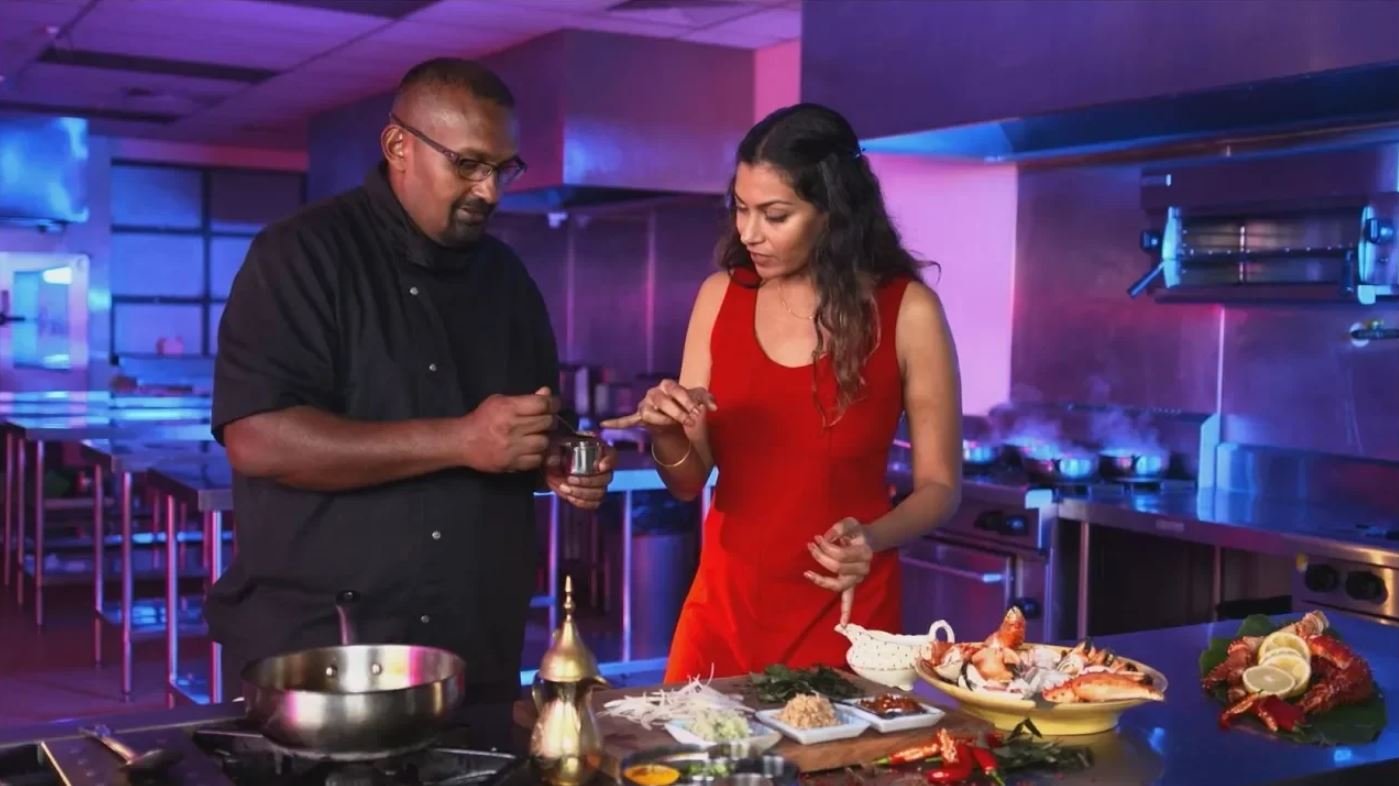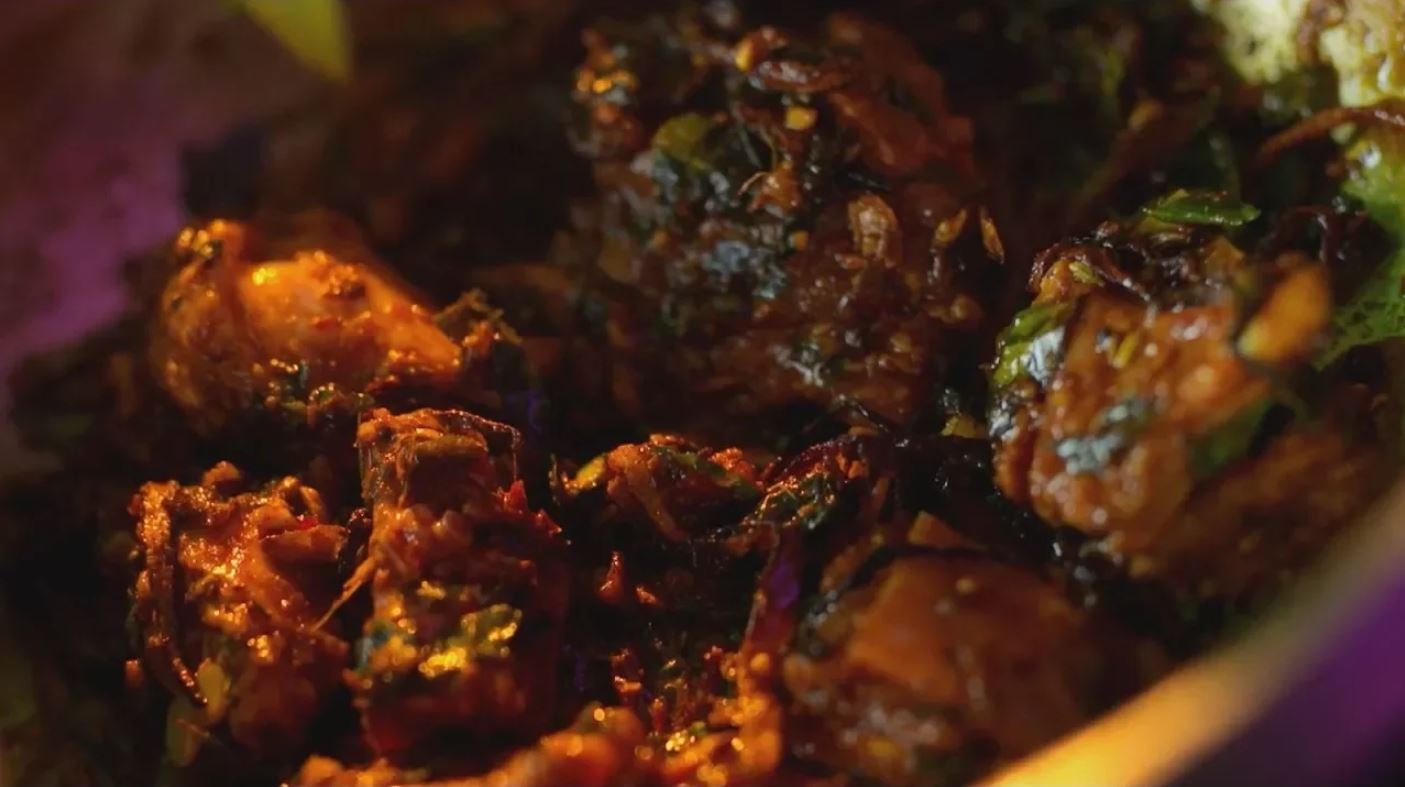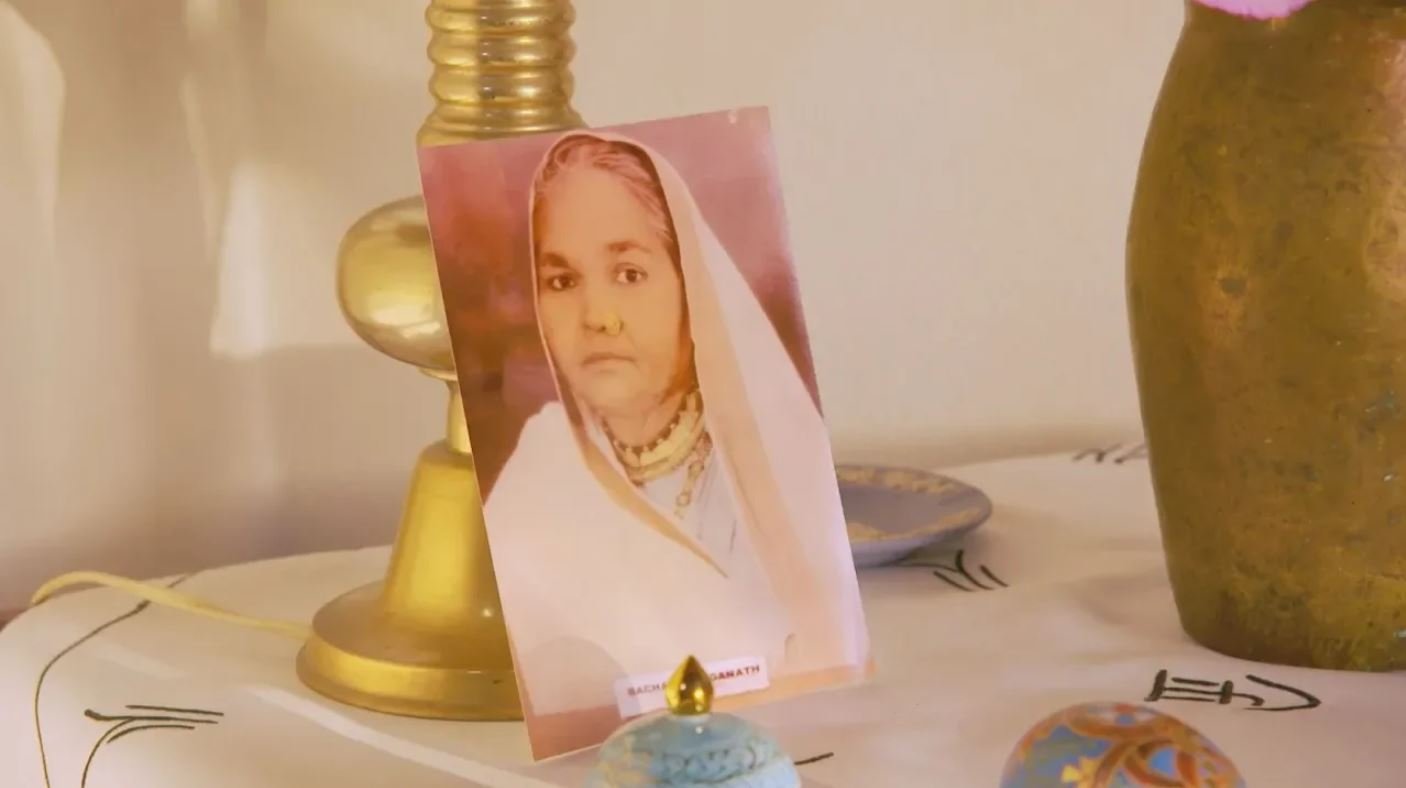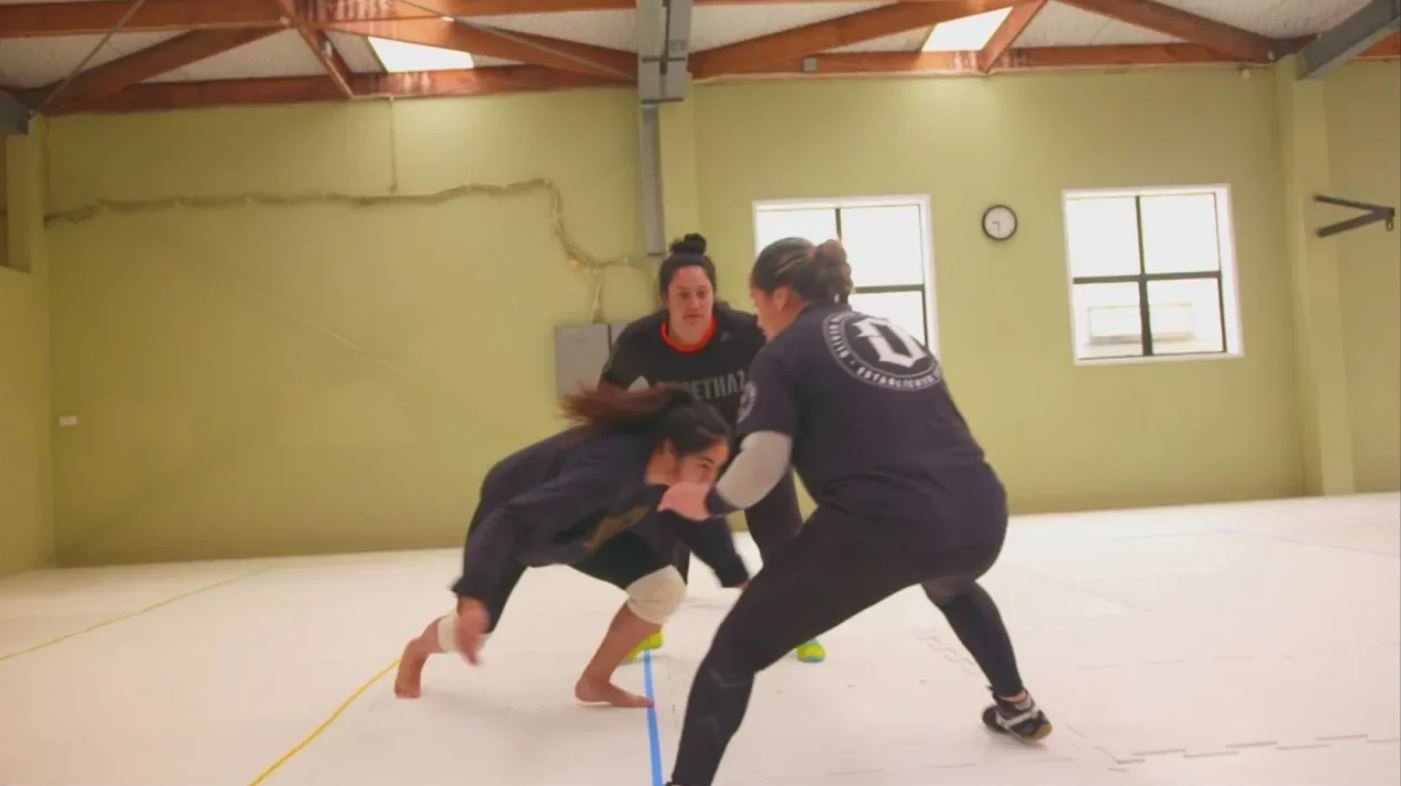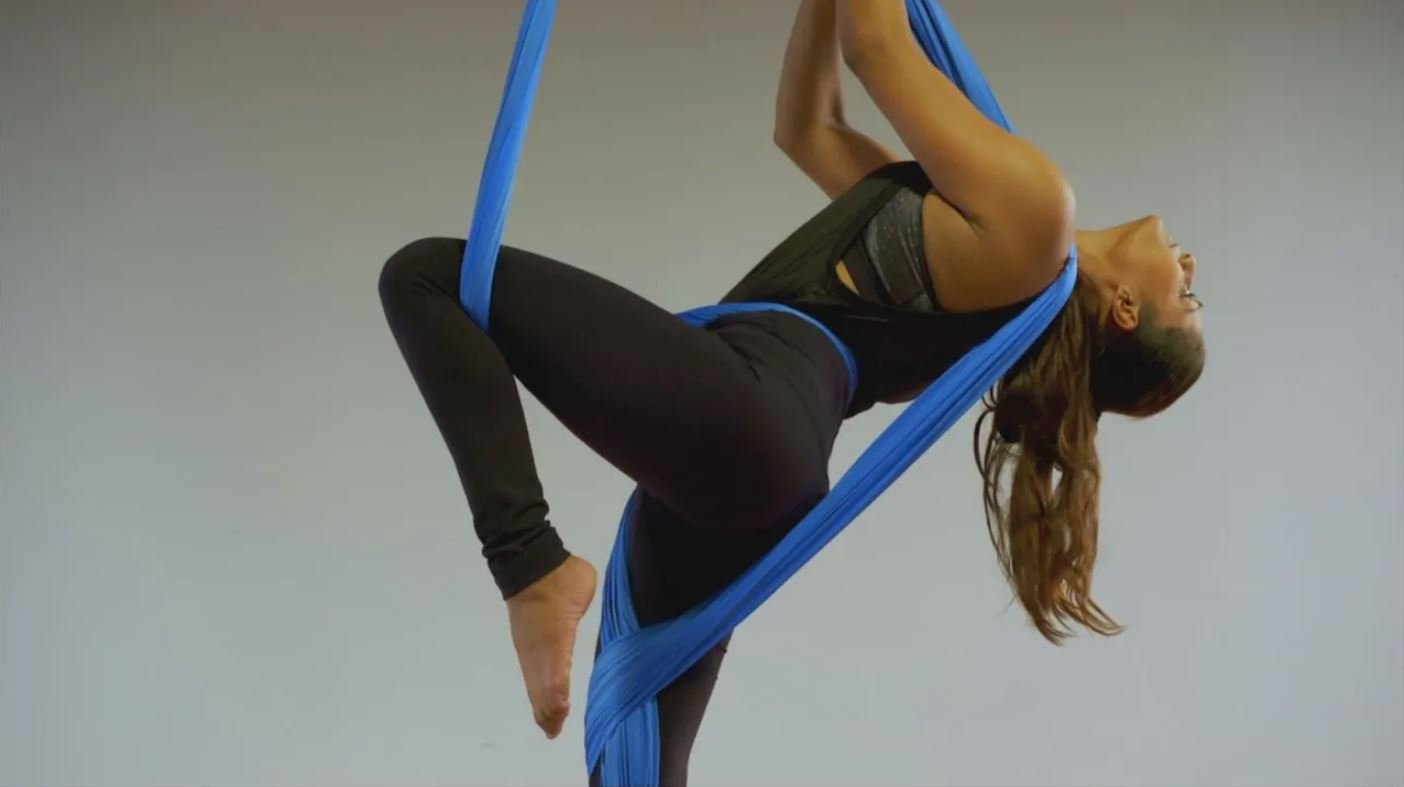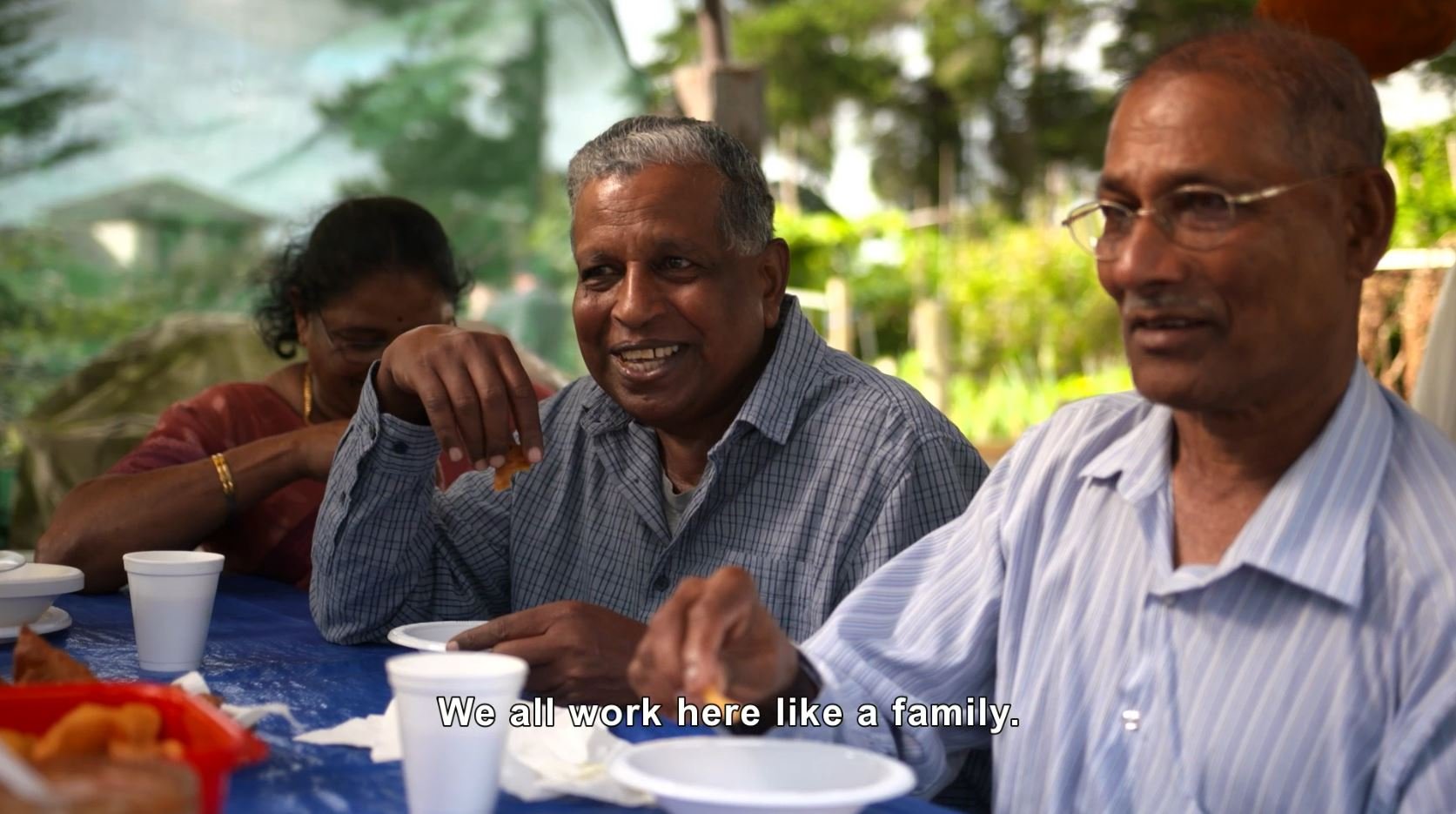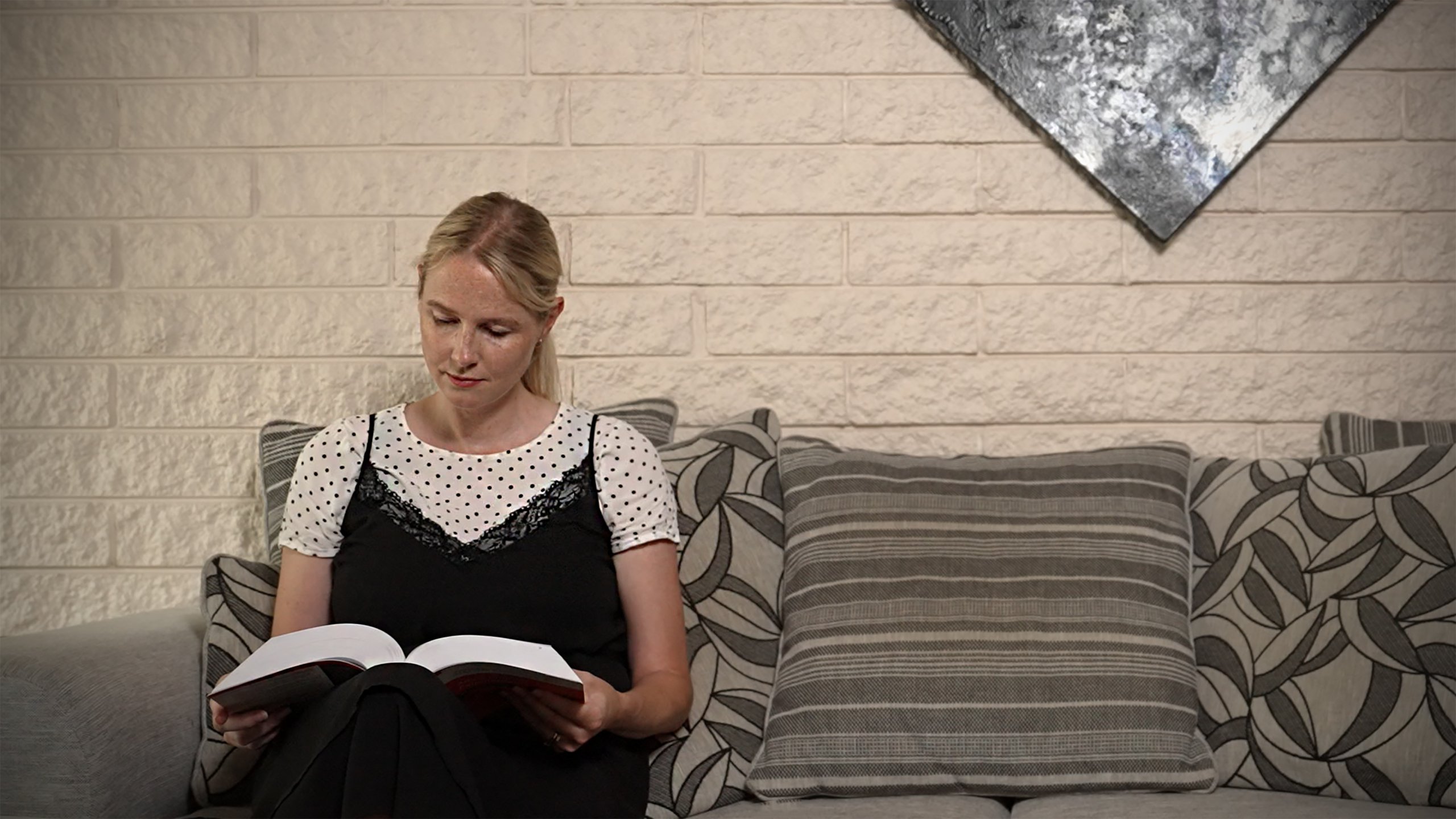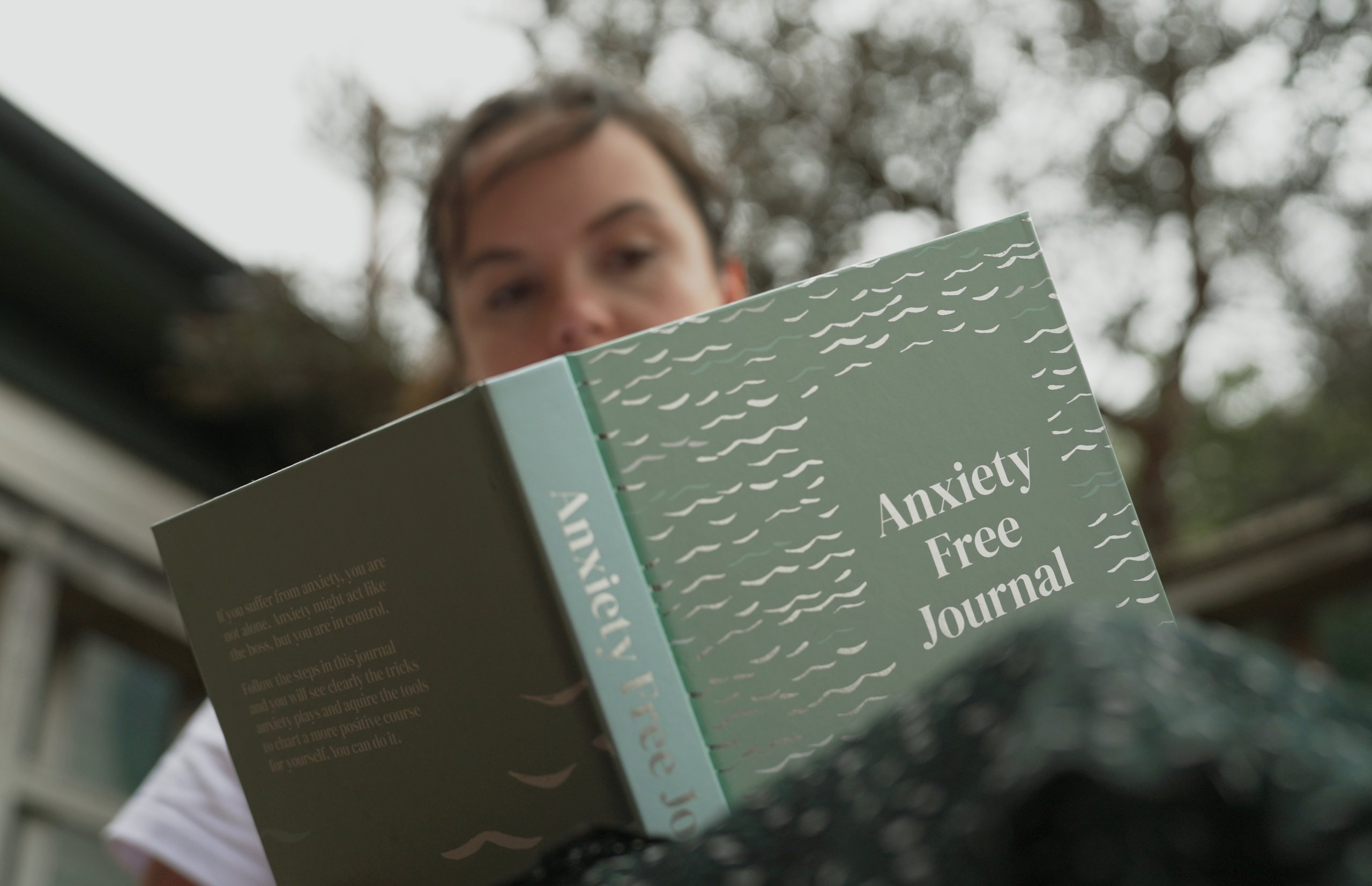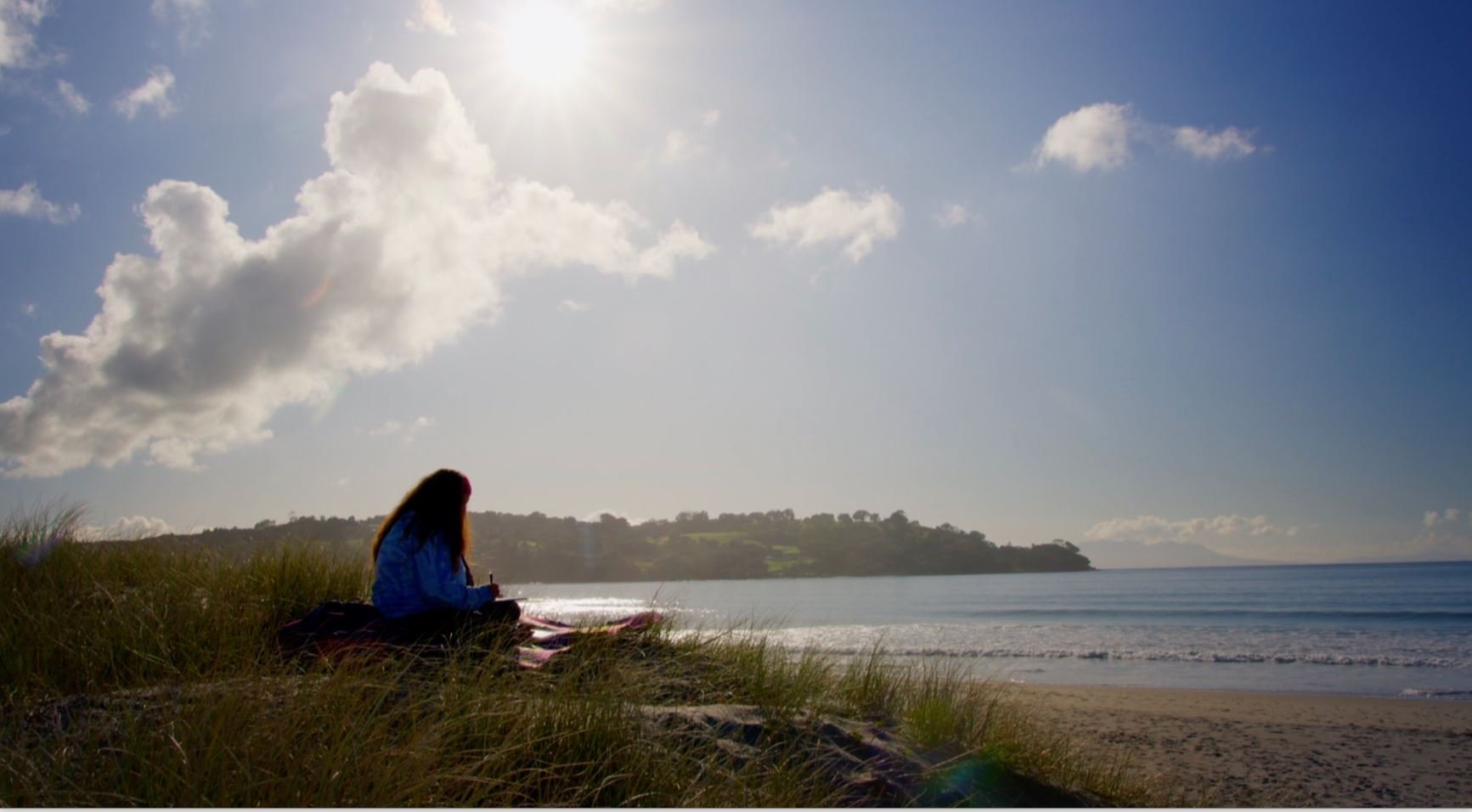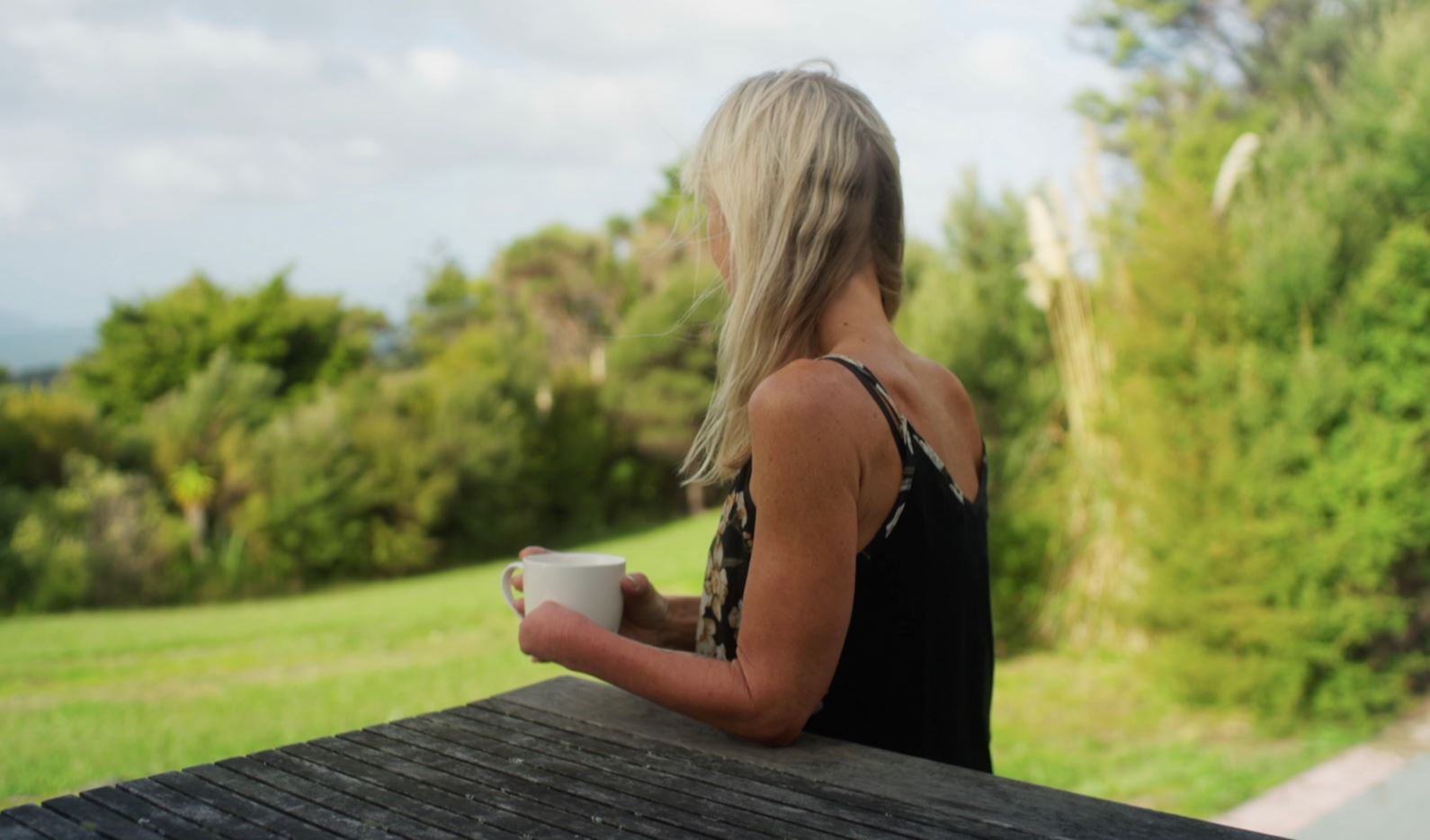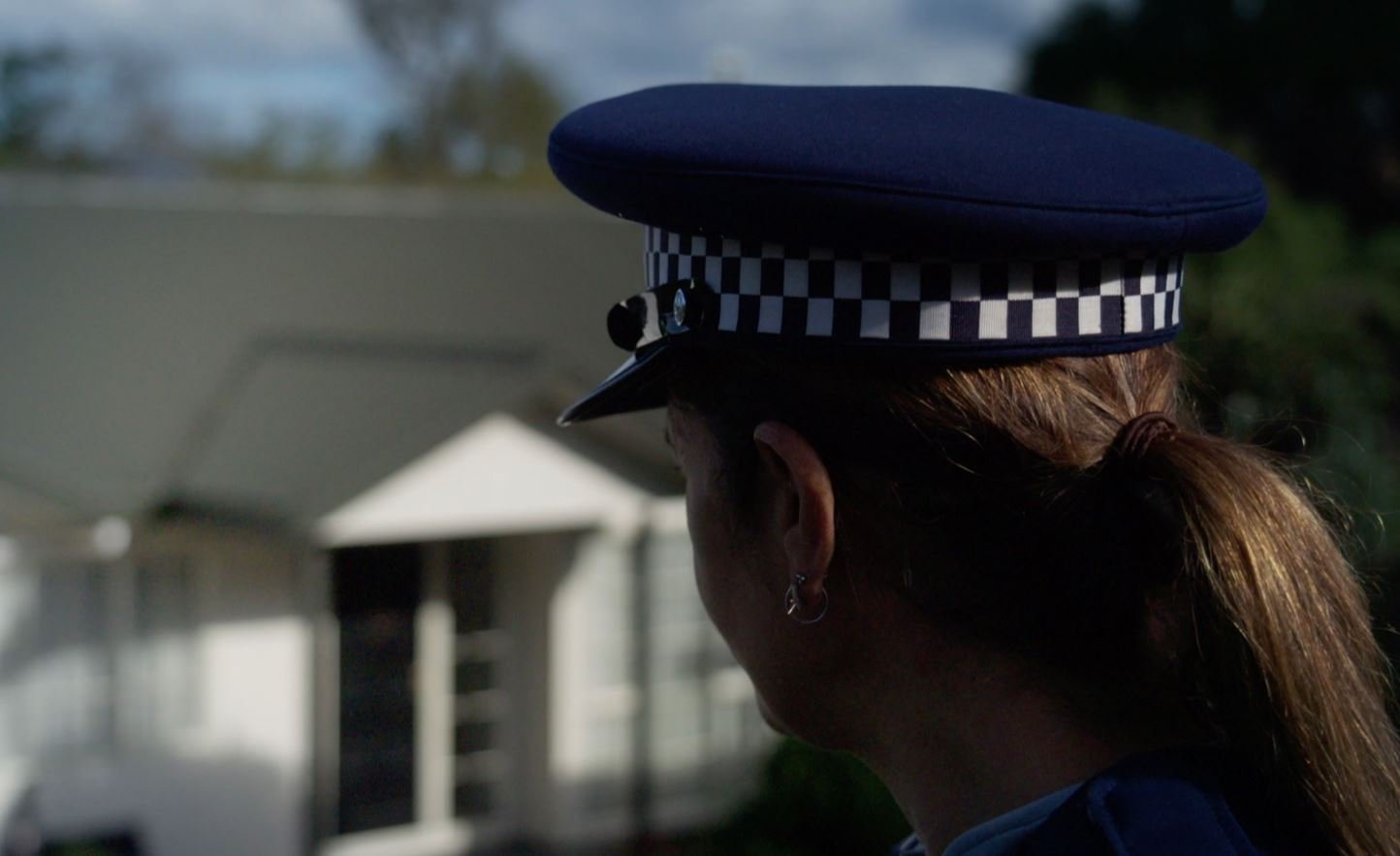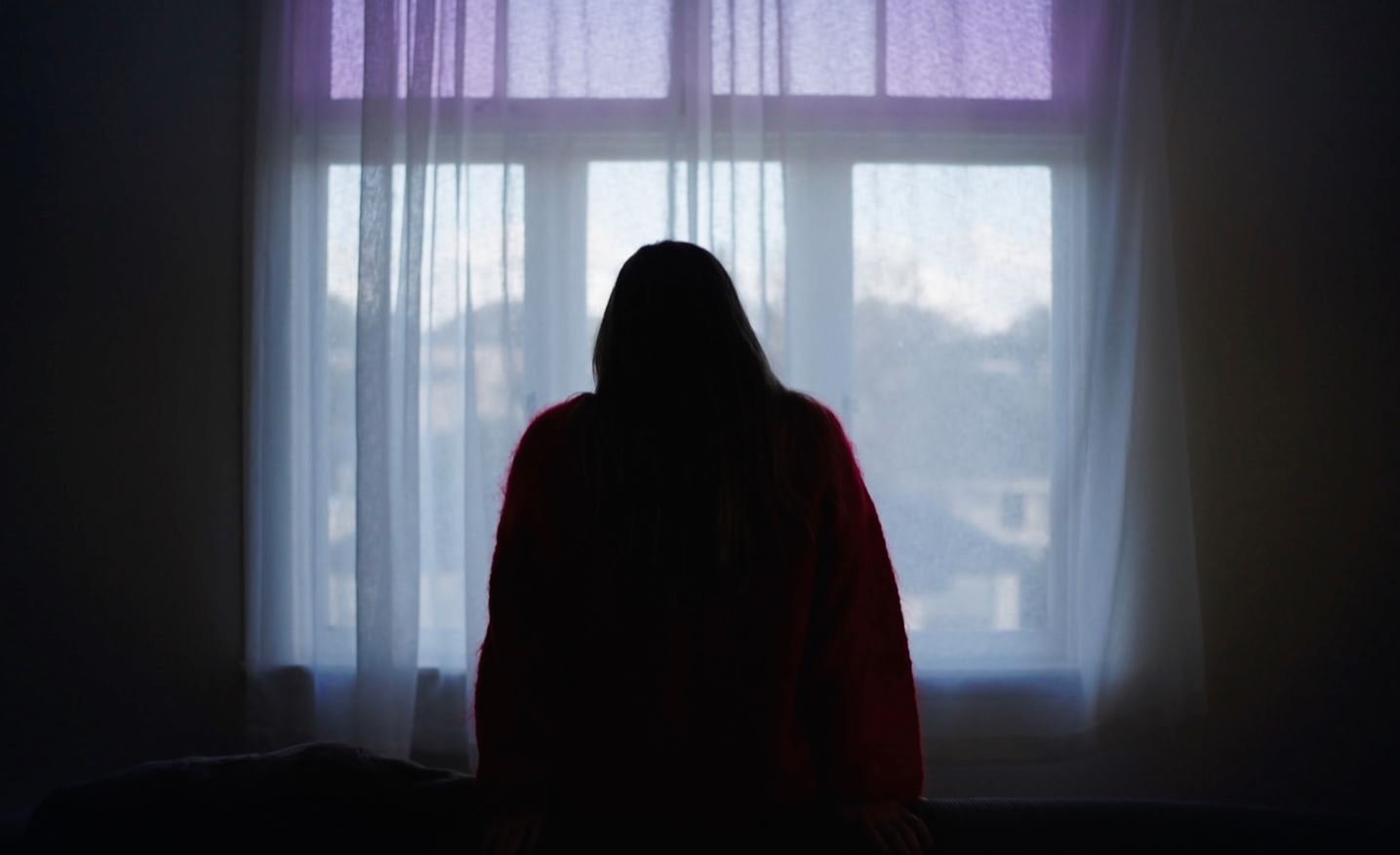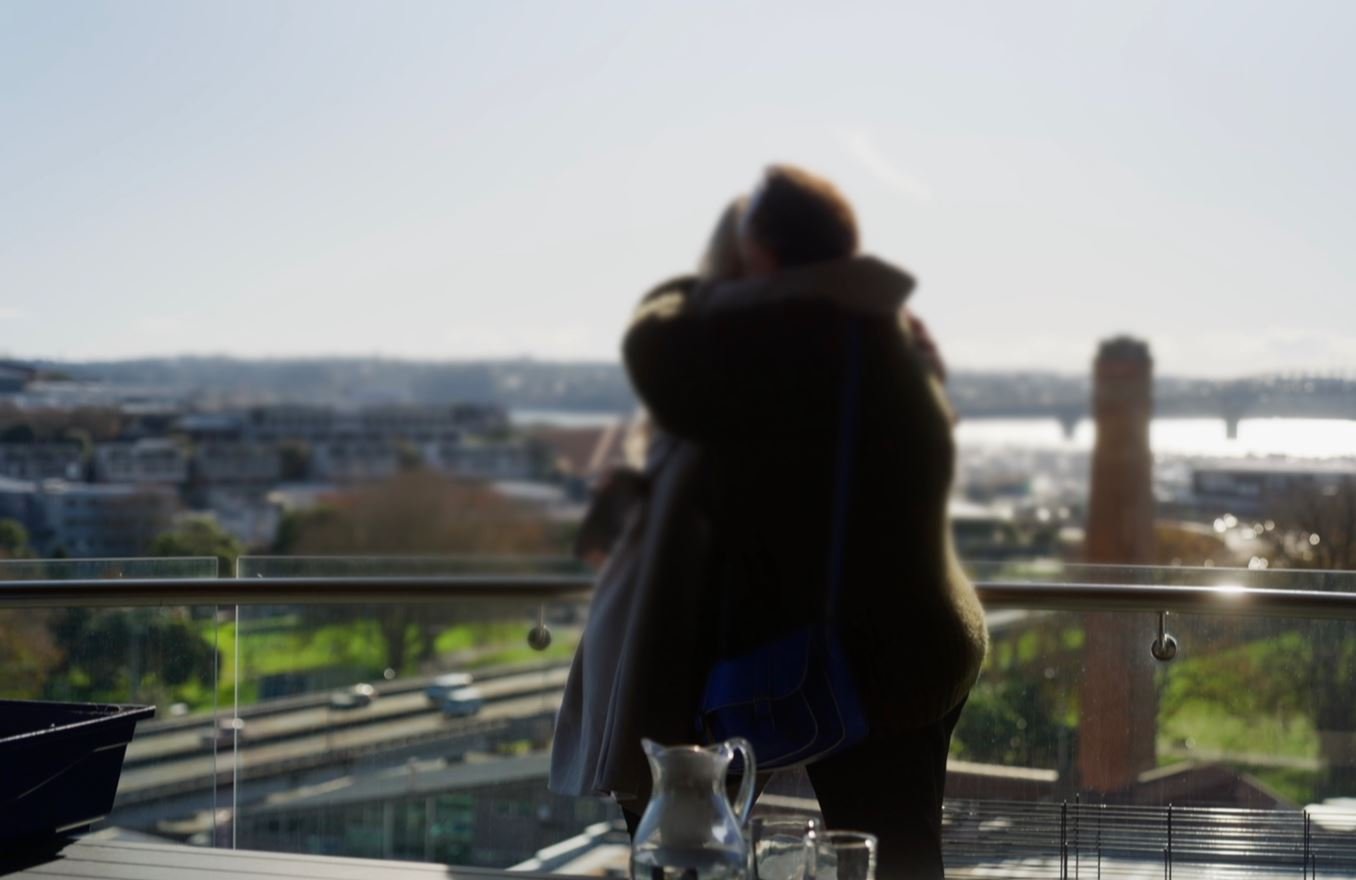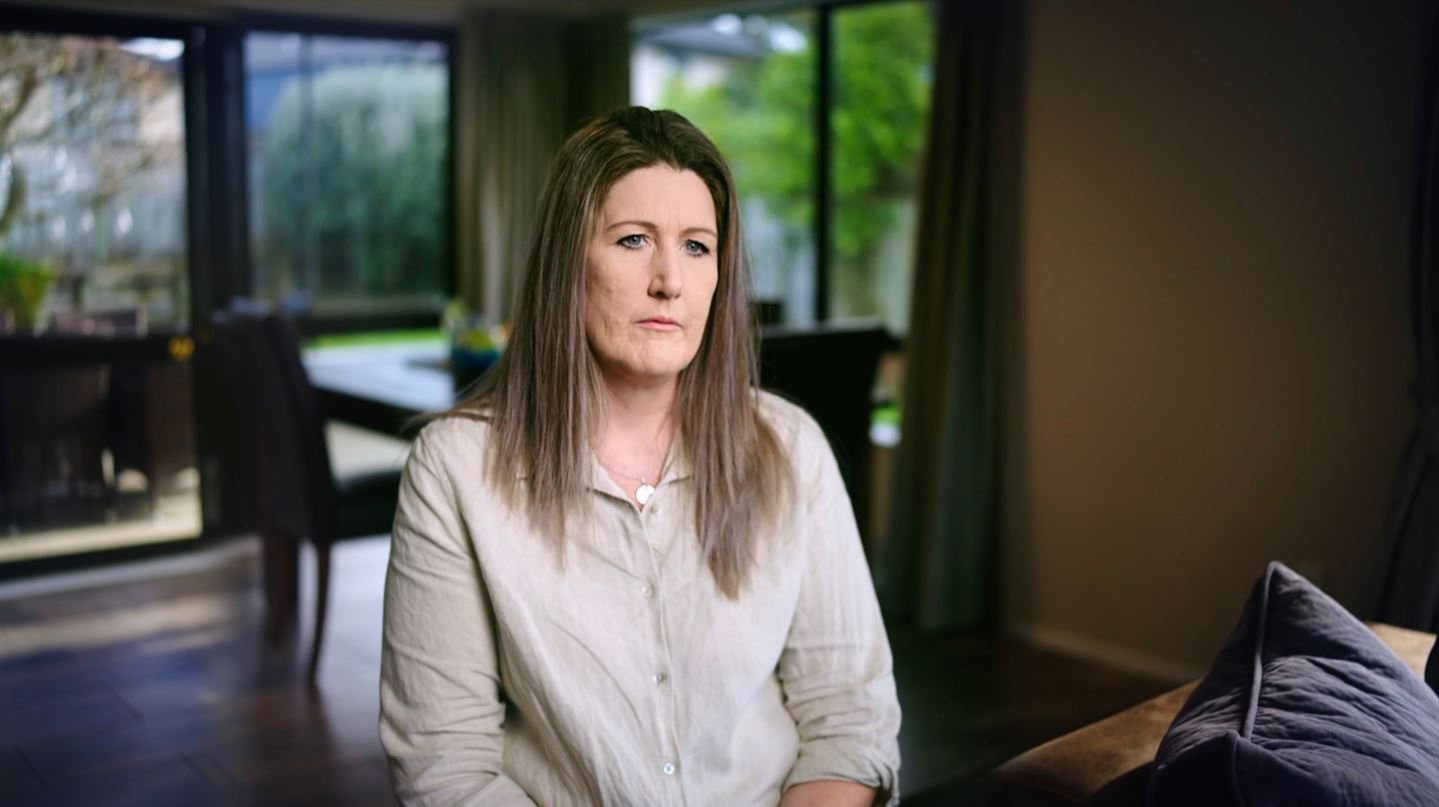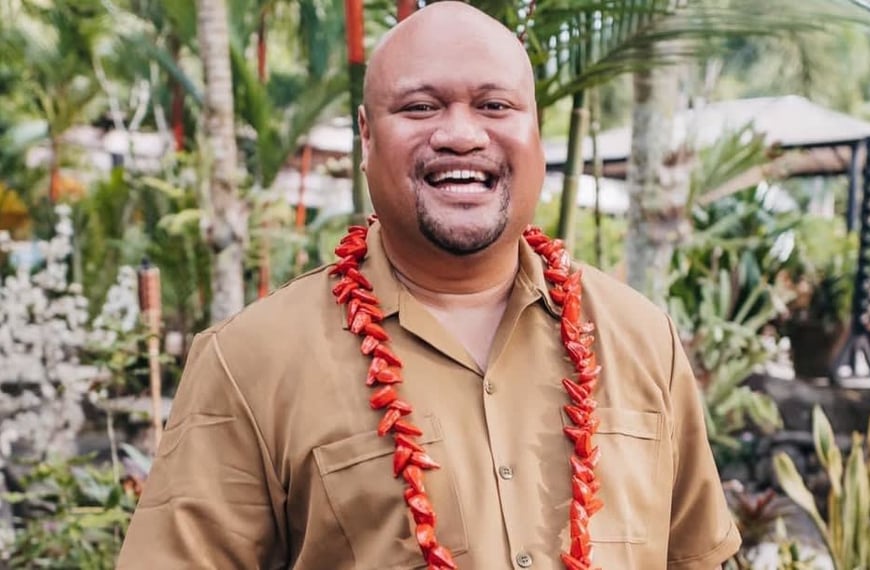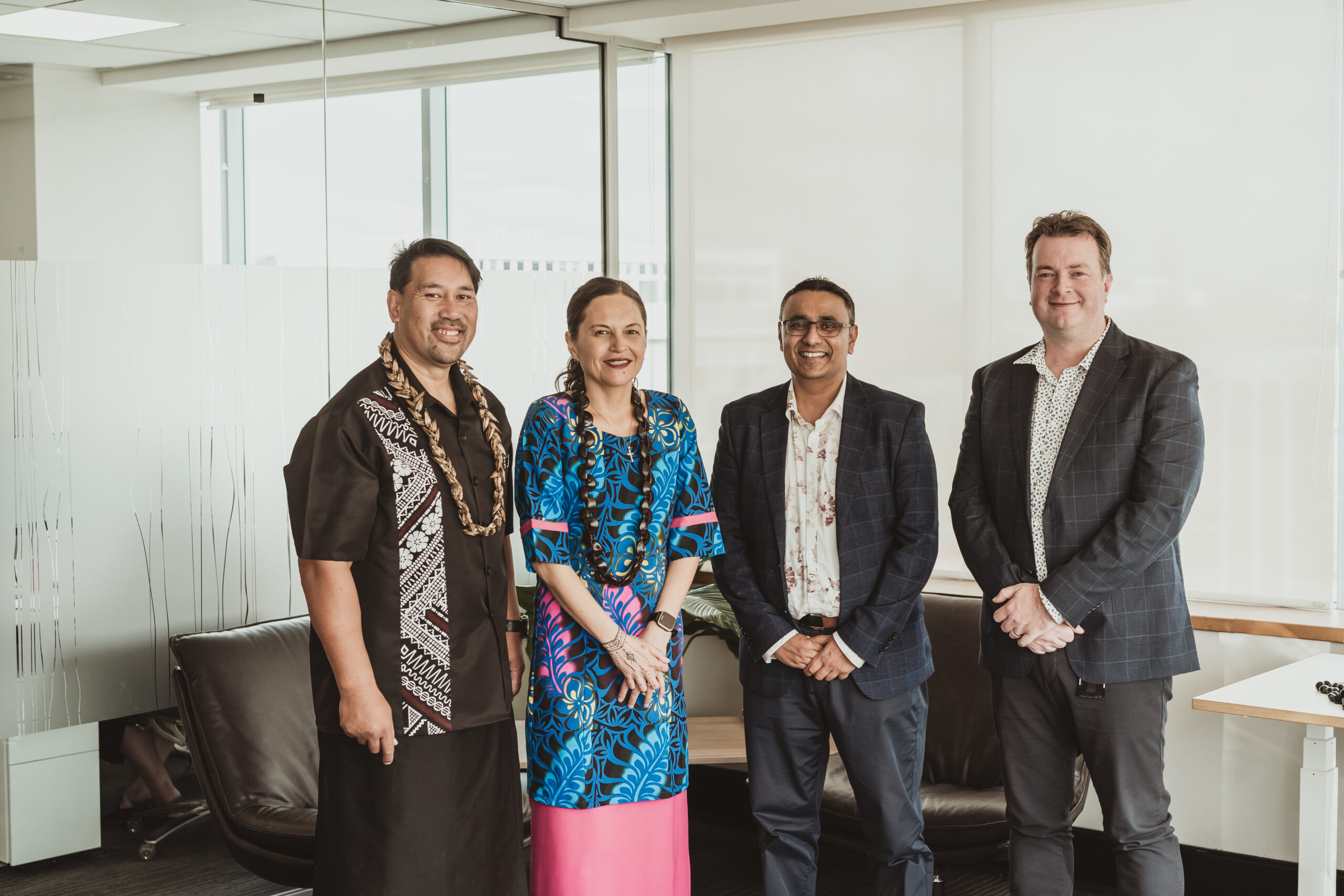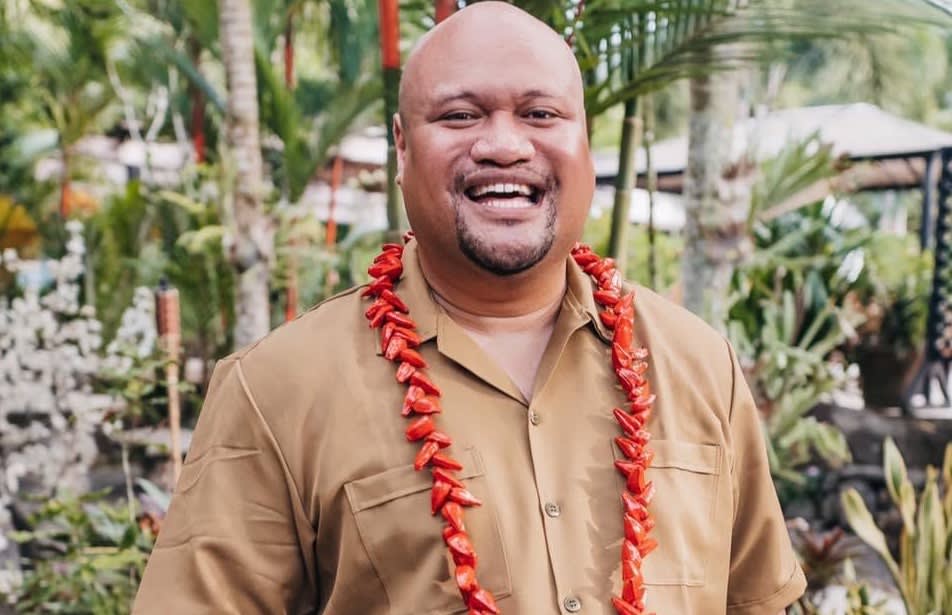Principal Advisor of the Ministry for Pacific Peoples Tuiloma Lina-Jodi Samu is a Samoan multilinguist with eight different languages under her belt. One of those languages is Aotearoa’s very own te reo Māori.
Tuiloma developed an interest in te reo at a very young age. She was brought up in Māngere East in the 1970s and ’80s surrounded by Māori, Asian and Pasifika communities.
“In our schools in that period, the role model teachers were mostly Māori. Māori was a part of our everyday life,” Tuiloma says.
“There was no mistaking that in the Southside, we were the majority.”
As a young child, Tuiloma used te reo as a method of honing her gagana Samoa.
“We had no vasega gagana Samoa in the 1980s, and apart from le Tusi Paia (the bible) and other religious books, we hardly had any Samoan resources available to us in New Zealand,” Tuiloma says.
As a New Zealand-raised Samoan, Tuiloma acknowledges that learning about te ao Māori (the Māori world view) has given her insight of how things might be important for her aiga in the islands.
“The practise of ahi kaa, or keeping the home fires burning, was important to understand the burden of responsibility when our aiga are left to nurture and protect the family land with limited support,” she says.
“When everyone has left and only returns for holidays expecting to be treated like princesses, meanwhile further pressuring the ones who stayed to do the work whilst everyone was absent.”
In primary school, Tuiloma discovered the whakatauki (proverb) of ‘He kākāno ahau, i ruia mai i Rangiātea, e kore au e ngaro’, which translates to, ‘I am a seed (a’ano in Samoan) propagated in Rangiātea.’
“I realised that this was the connection where Māori and Pacific people were related. Māori originated from our tropical homelands,” Tuiloma explains.
During her university studies, Tuiloma’s mentor and classmate helped her develop an understanding of the whakapapa between Māori and the Pacific.
“My mentor Linda Tuhiwai Smith would write about Māori sharing a complex genealogical template. I realised that Pacific people also share that template with Māori, and that hundreds of years ago, we had the same ancestors,” she says.
“My classmate, renowned Māori academic Dr Rawiri Taonui, wrote in 2004 that Rangiātea and Rā’iatea are also names for Hawaiki/ ‘Avaiki/ Hawai’i/ Savai’i. It was a moment of great realisation, further proof and clarification of our Pacific and Māori connection for millennia.”
Tuiloma wants to encourage non-Māori to nurture the space, or what we say in Samoan ‘teu le vā’, when embracing other cultures’ customary protocols.
“As non-Māori, we have to be careful not to takahī or trample Māori in any situation that our privilege in knowing te reo might take us.”
This can mean choosing to step down from performing a karanga in the presence of wāhine Māori. In Tuiloma’s experience, it wasn’t something that could easily be avoided. She was in a situation where an elder asked her to perform a karanga in the presence of wāhine Māori on behalf of Pacific people.
“I still think about that and hope that I didn’t offend anyone, but what can you do when the kuia kaumātua (female elder) tells you what you must do?” she says.
Tuiloma draws parallels to a Samoan gathering where a siva must be performed, and the overstepping of boundaries (or tuaoi in Samoan) if a non-Samoan who has been taught how to siva gets up and takes the opportunity of a Samoan woman.
“Yeah nah, I wouldn’t be happy at all about that!” she expresses.
“I have chosen not to do [a karanga] when wāhine Māori are present to honour them and the sacred inheritance that is theirs by right from their tīpuna.”
To celebrate Te Wiki o te Reo Māori, Tuiloma awakens her household with warm Māori greetings such as kia ora, ata mārie, mōrena and tēnā koe. She also learnt a waiata called ‘he kākano ahau’ with the help of her dear friend Leo’o Jenny Taotu.
“The messages of strength within that waiata, ‘tōku whakakai marihi – my language is my strength’ echoes in my soul. I am always singing at the top of my lungs, and I know my aiga is saying mentally ‘turituri’ (just shut it and shuuussss hahaha),” she says.
“I know that people fear making mistakes, being laughed and being judged when learning te reo, [but] we can all contribute to elevating Māori aspirations to grow te reo by using simple greetings. Simple things are best to do on the daily.”
Quotes have been edited for length and clarity

